Each heading includes the core subject (beds, room, small room, etc.)
Varied sentence starters and heading types
Practical, actionable advice
Natural, motivational language
90-110 word count per paragraph
No prohibited content
All content is original and helpful
Maximizing sleeping space in compact living areas requires creative thinking and smart furniture choices. Whether you're designing a children's shared bedroom, setting up a guest room, or accommodating overnight visitors in a studio apartment, fitting two beds into a small room presents both challenges and exciting opportunities. Modern design solutions have evolved far beyond basic twin beds placed side by side, offering innovative approaches that blend functionality with style. From space-saving vertical arrangements to multifunctional furniture pieces that transform throughout the day, today's small room solutions prove that limited square footage doesn't mean compromising on comfort or aesthetics for multiple sleepers.
1. Classic Bunk Bed Configuration for Small Bedrooms
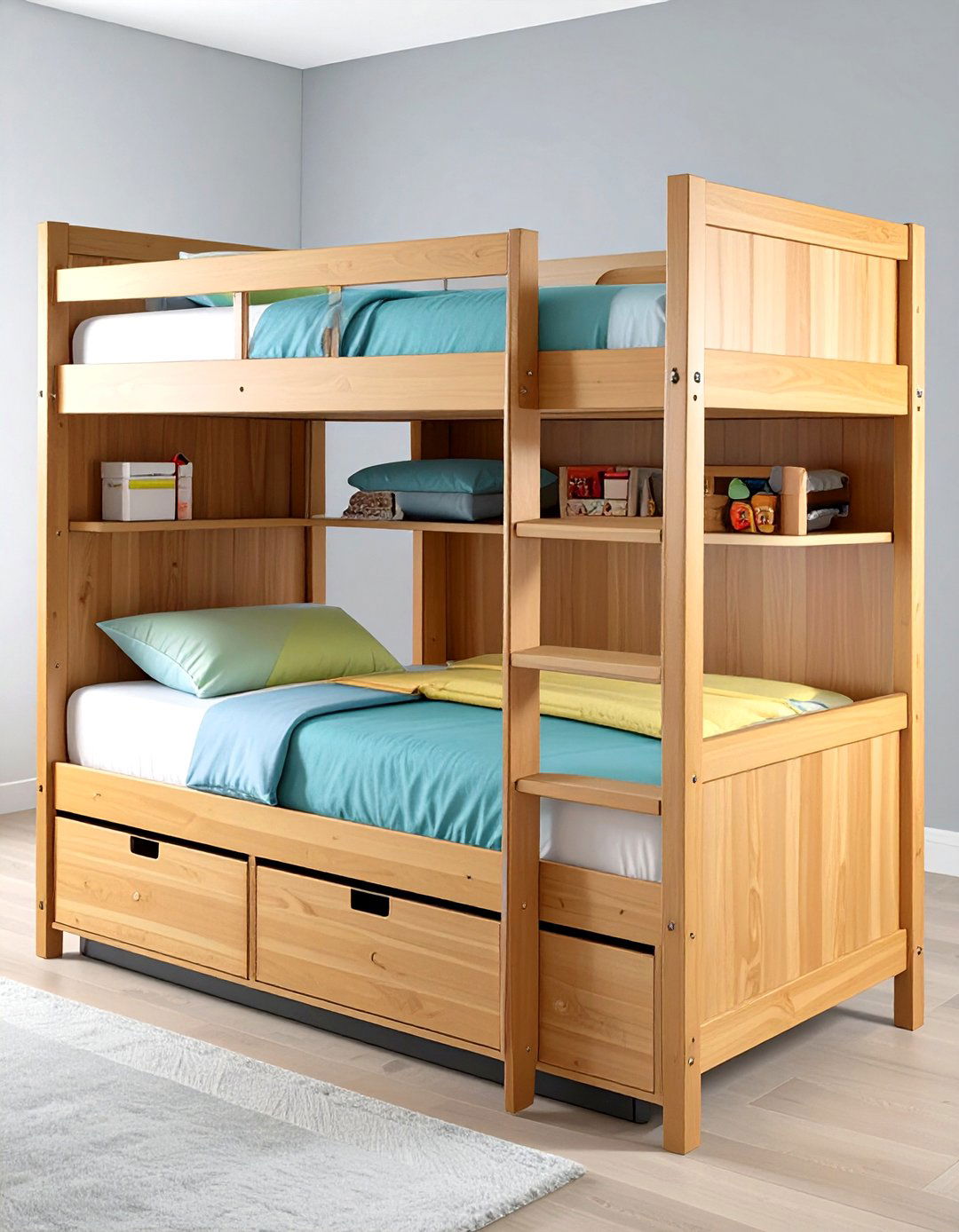
Traditional bunk beds remain the quintessential solution for accommodating two beds in cramped quarters. These vertical sleeping arrangements instantly double your room's sleeping capacity while consuming the floor space of just one bed. Modern bunk bed designs feature sturdy construction with safety rails, integrated ladders, and often include built-in storage drawers or shelving units. When selecting bunk beds for small rooms, consider the ceiling height carefully, ensuring adequate headroom for the top sleeper. Choose designs with clean lines and neutral colors to maintain visual lightness, and opt for models with attached storage to eliminate the need for additional bedroom furniture.
2. Space-Saving Trundle Bed Solutions
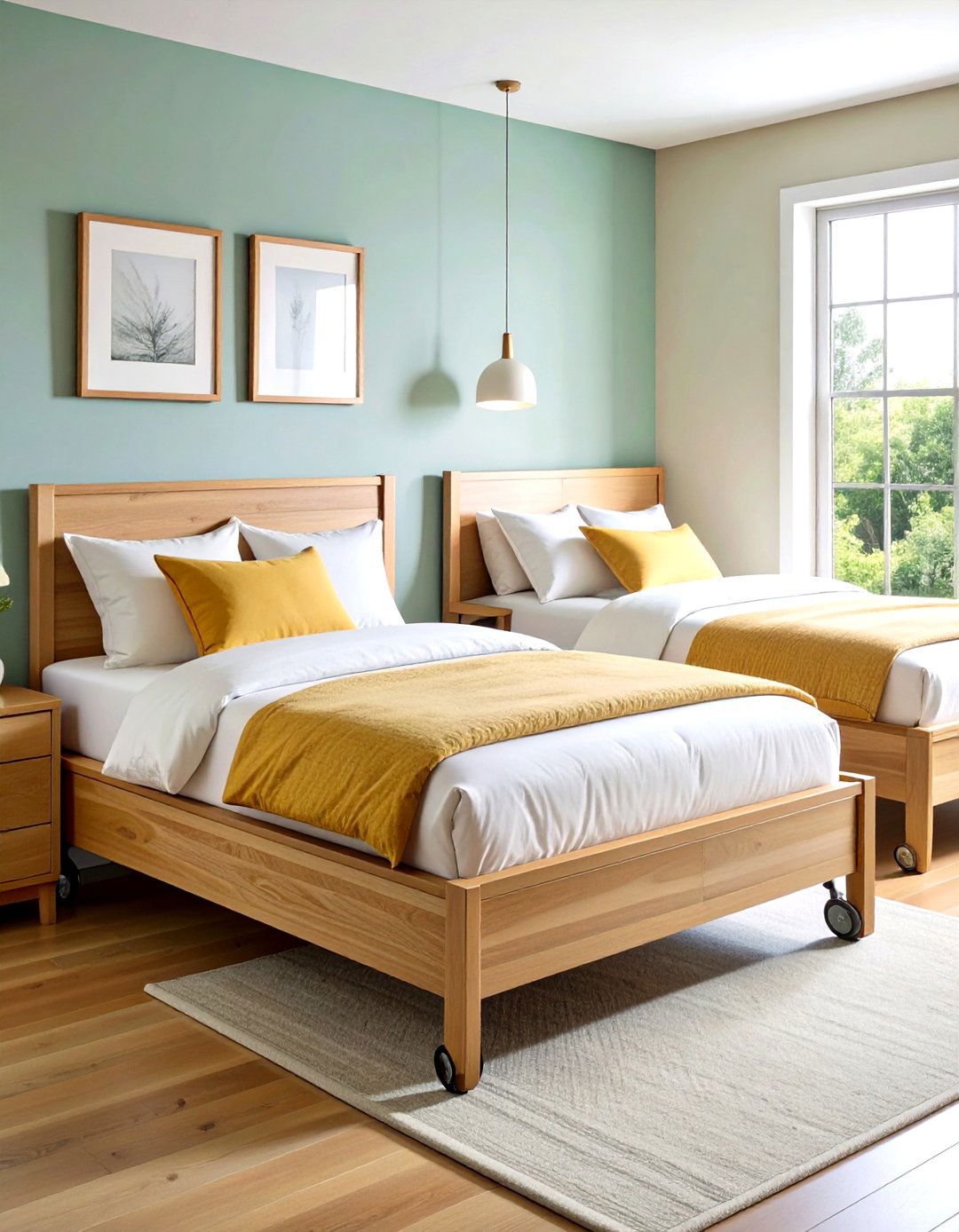
Trundle beds offer exceptional versatility by hiding a second bed beneath the primary sleeping surface. During daytime hours, the lower bed rolls completely out of sight, creating maximum floor space for activities. When guests arrive or bedtime approaches, simply pull out the hidden mattress to instantly accommodate a second sleeper. These beds work particularly well in small guest rooms and children's bedrooms where space flexibility is essential. Many trundle beds feature pop-up mechanisms that elevate the lower mattress to the same height as the main bed, creating a king-size sleeping surface perfect for couples or siblings who prefer to sleep close together.
3. Murphy Wall Bed Innovations for Dual Sleeping
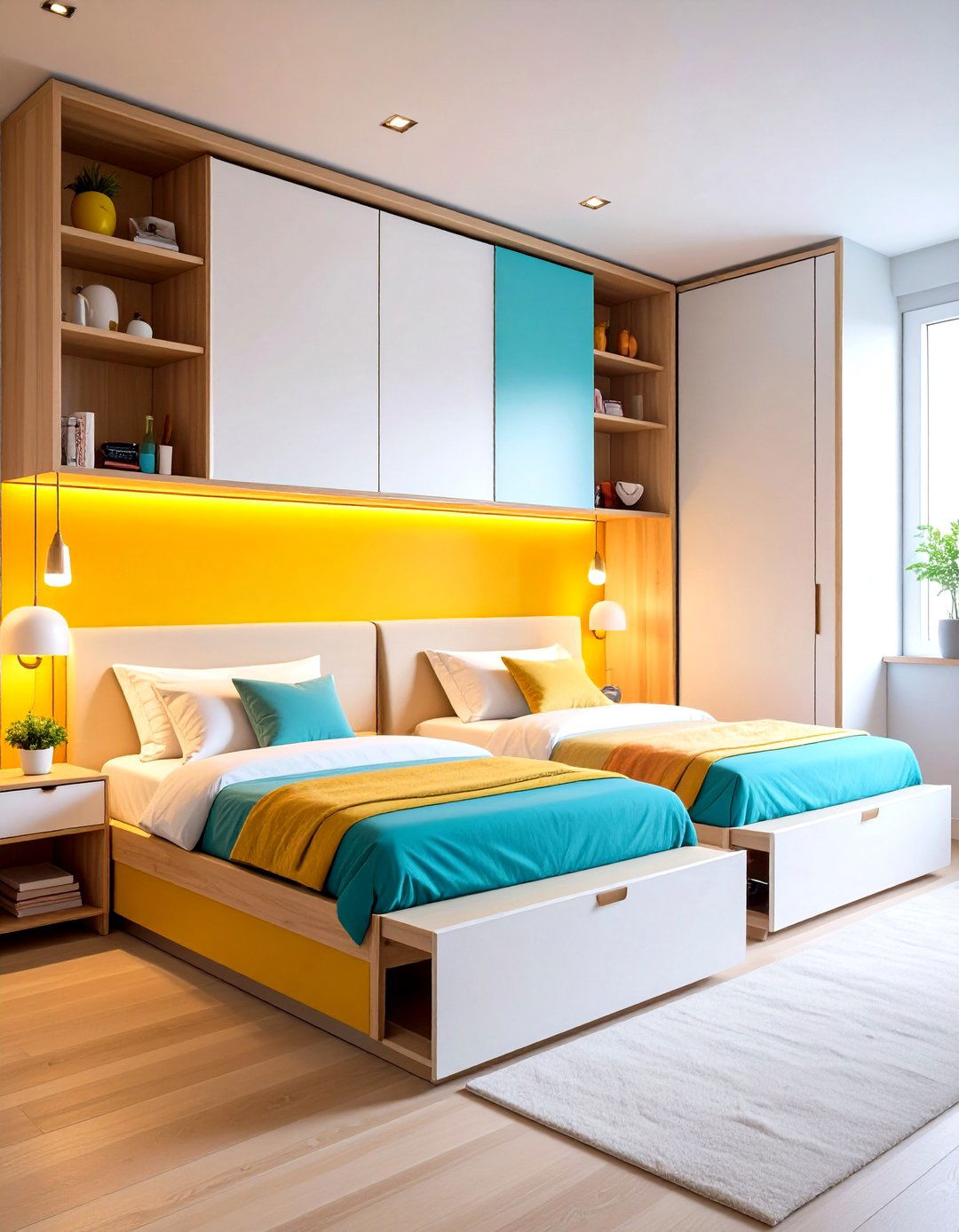
Murphy beds revolutionize small room functionality by folding directly into the wall when not in use. For rooms requiring two beds, consider installing two separate murphy bed systems on opposite walls or investing in innovative designs that feature dual folding mechanisms. These wall-mounted sleeping solutions free up entire floor areas during daytime, allowing rooms to serve multiple purposes as offices, playrooms, or entertainment spaces. Modern murphy bed designs often incorporate built-in storage, lighting, and even fold-down desks, making them ideal for studio apartments or multipurpose guest rooms where every square foot counts for maximum efficiency.
4. Loft Bed Arrangements with Sleeping Space Below
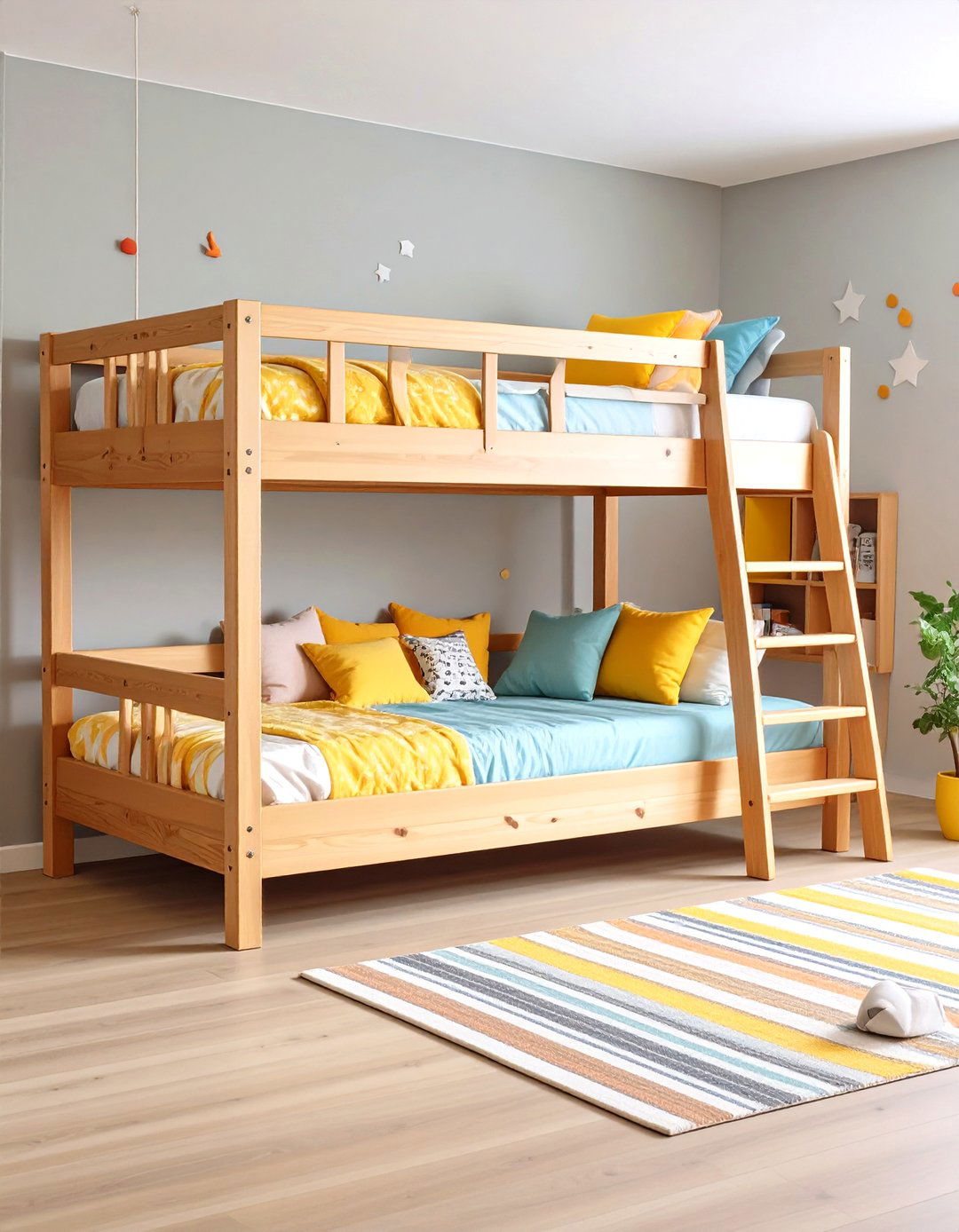
Loft beds create tremendous opportunities for fitting two beds in small rooms by utilizing vertical space creatively. Position a traditional bed or daybed beneath a lofted sleeping area to establish distinct sleeping zones without consuming additional floor space. This arrangement works exceptionally well for children's rooms, teen spaces, and even adult guest accommodations. The elevated bed can accommodate one sleeper while the ground-level sleeping area serves another, with the added benefit of creating cozy, private spaces for each occupant. Consider adding curtains or room dividers to enhance privacy and create individual retreats within the shared small room.
5. L-Shaped Bed Layout for Corner Room Optimization
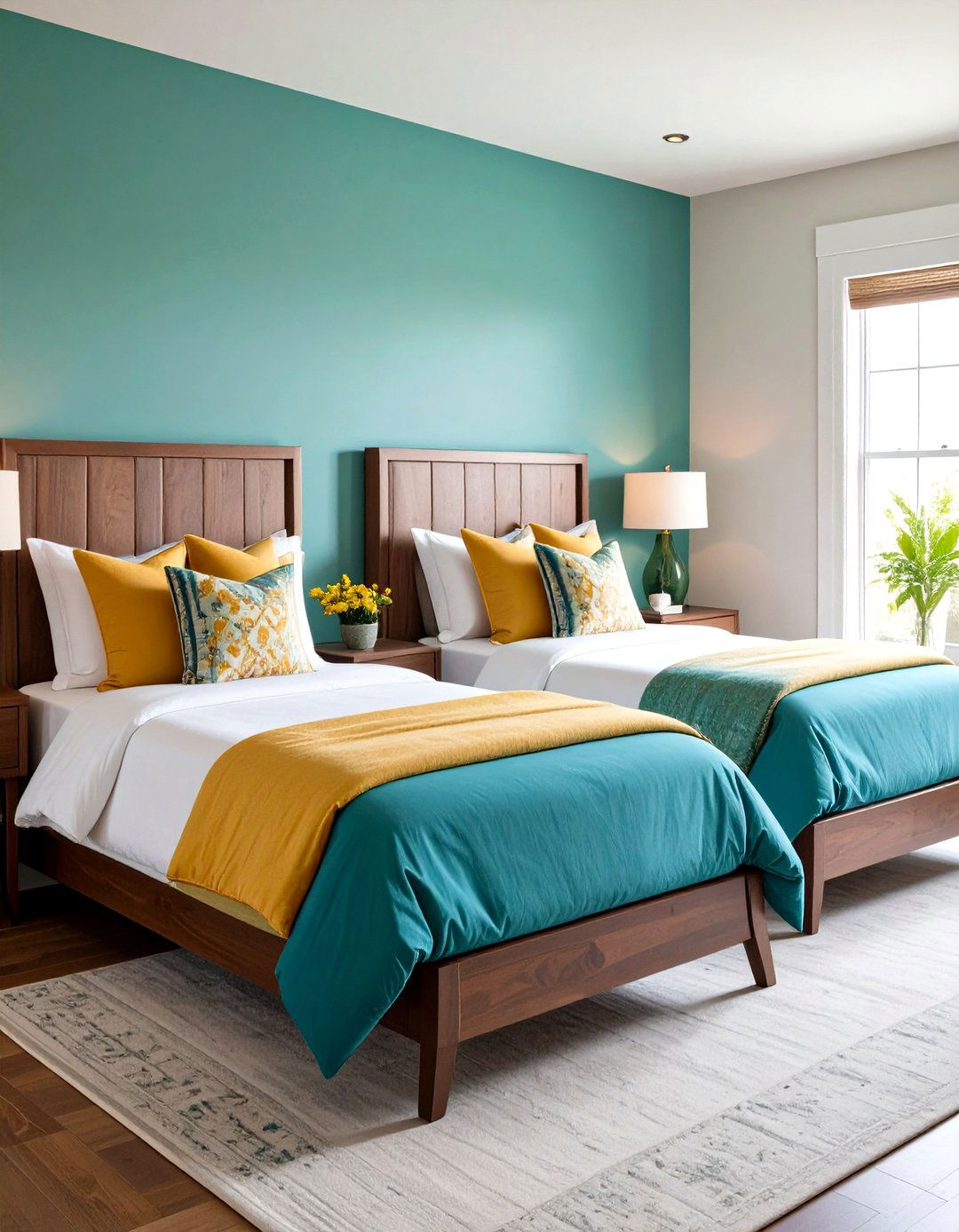
Arranging two beds in an L-shaped configuration maximizes corner spaces while creating natural room flow. Position one bed along each adjoining wall, forming a corner arrangement that leaves the room's center open for movement and activities. This small room strategy works particularly well in square or rectangular bedrooms where corners might otherwise remain underutilized. The L-shaped bed arrangement allows for easy access to both sleeping areas while maintaining clear pathways. Add a shared nightstand at the corner junction or install corner shelving to create functional storage without consuming valuable floor space in your compact bedroom design.
6. Daybed with Trundle for Flexible Room Usage
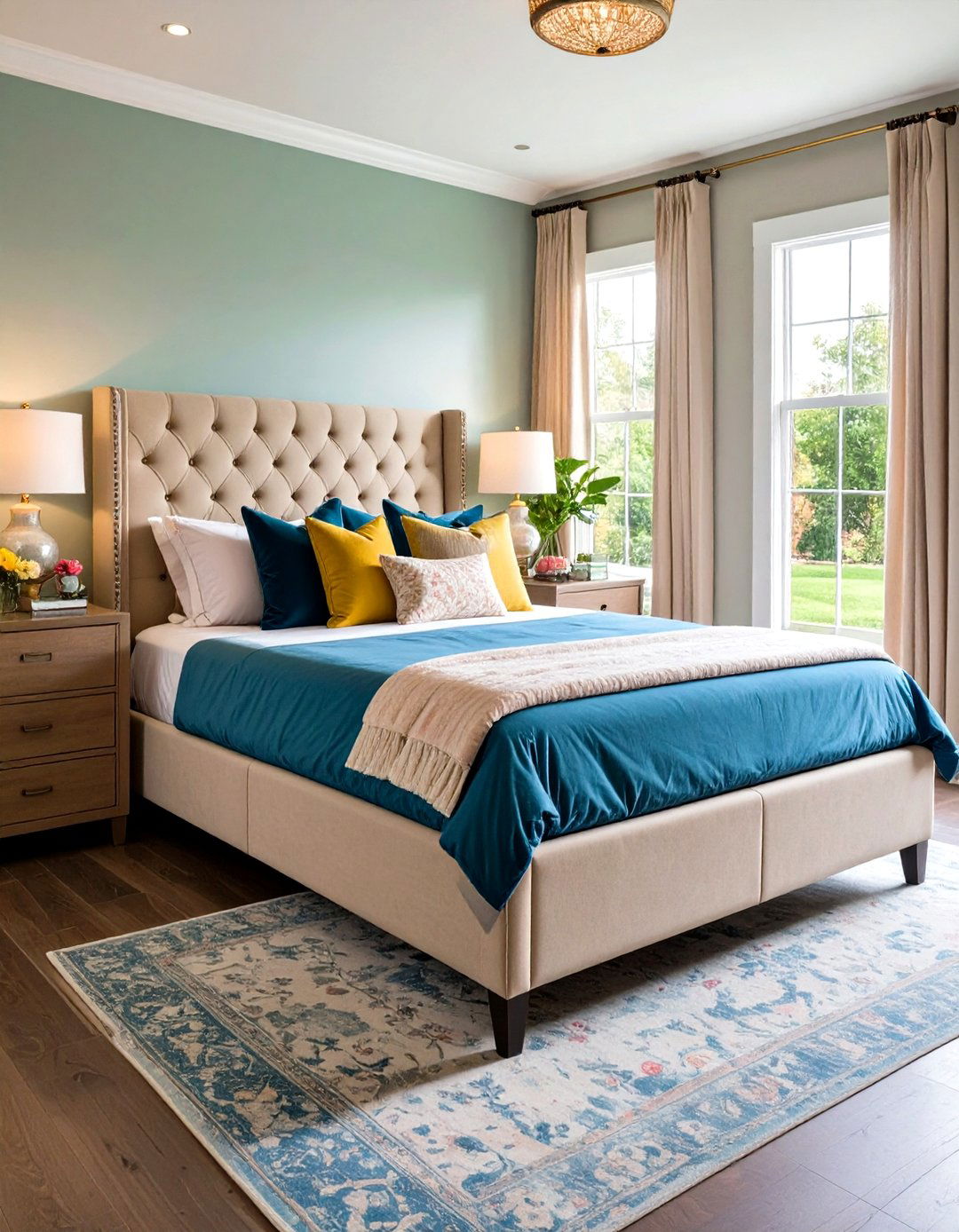
Daybeds with built-in trundles provide exceptional flexibility in small rooms that serve multiple functions. During daytime hours, the primary bed functions as comfortable seating for reading, studying, or relaxing, while the hidden trundle remains completely concealed. When overnight guests arrive, simply pull out the trundle to create a second sleeping surface. This furniture arrangement works beautifully in home offices, dens, or multipurpose rooms where maintaining a living space aesthetic during the day remains important. Choose daybeds with storage drawers beneath for additional organization, and add plenty of throw pillows to enhance the seating comfort for daily use.
7. Built-In Bed Alcoves for Maximum Space Efficiency
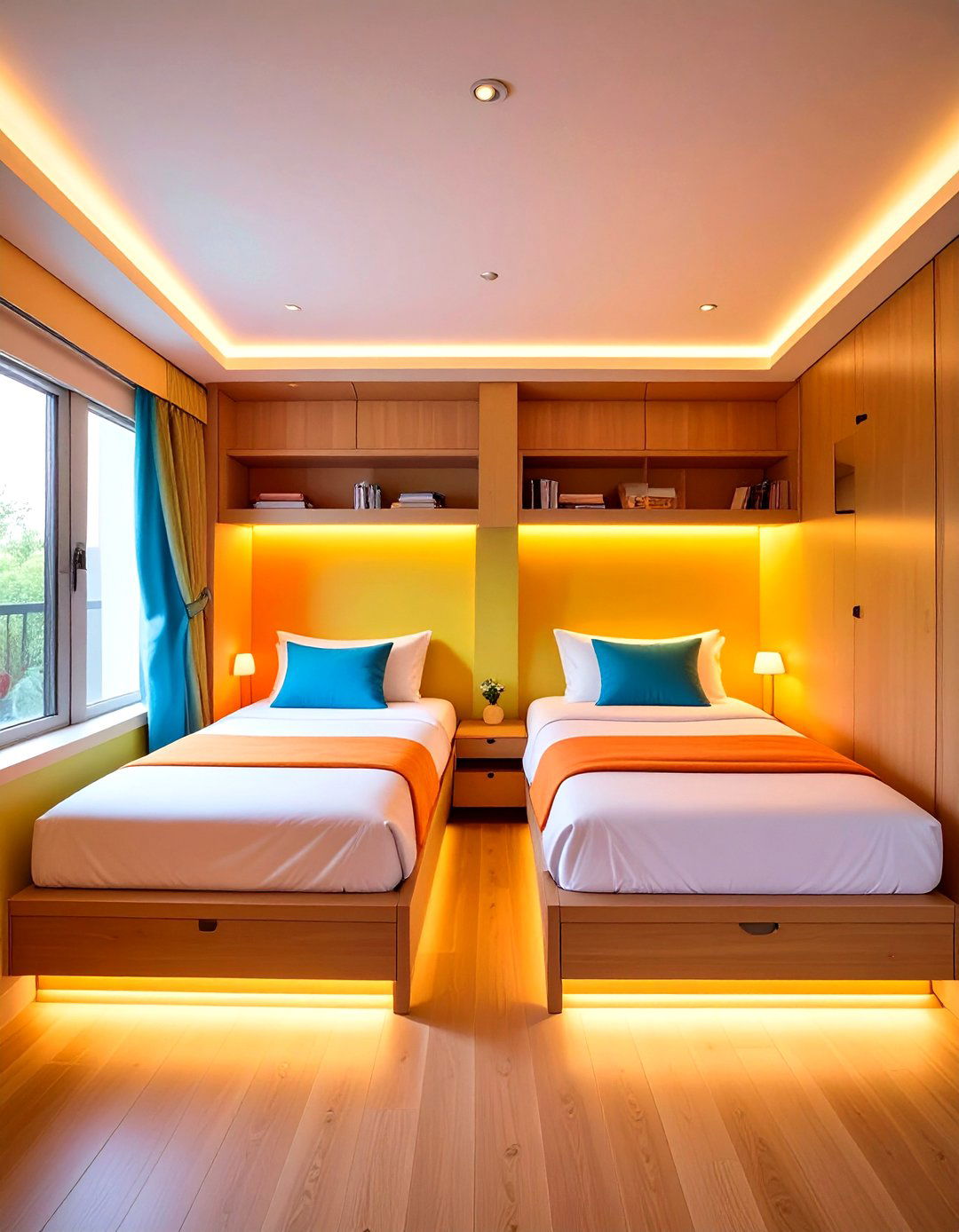
Custom built-in bed alcoves create streamlined sleeping areas that maximize every inch of available room space. These architectural solutions involve constructing recessed sleeping nooks directly into the room's walls, creating cozy, den-like spaces for each bed. Built-in bed designs often incorporate integrated storage, lighting, and even privacy curtains, making them ideal for small shared bedrooms. The custom construction allows for precise measurements that utilize awkward spaces, slanted ceilings, or architectural features that standard furniture cannot accommodate. While requiring initial investment, built-in bed alcoves provide long-term value and create unique, personalized sleeping environments within your small room.
8. Side-by-Side Twin Bed Arrangement
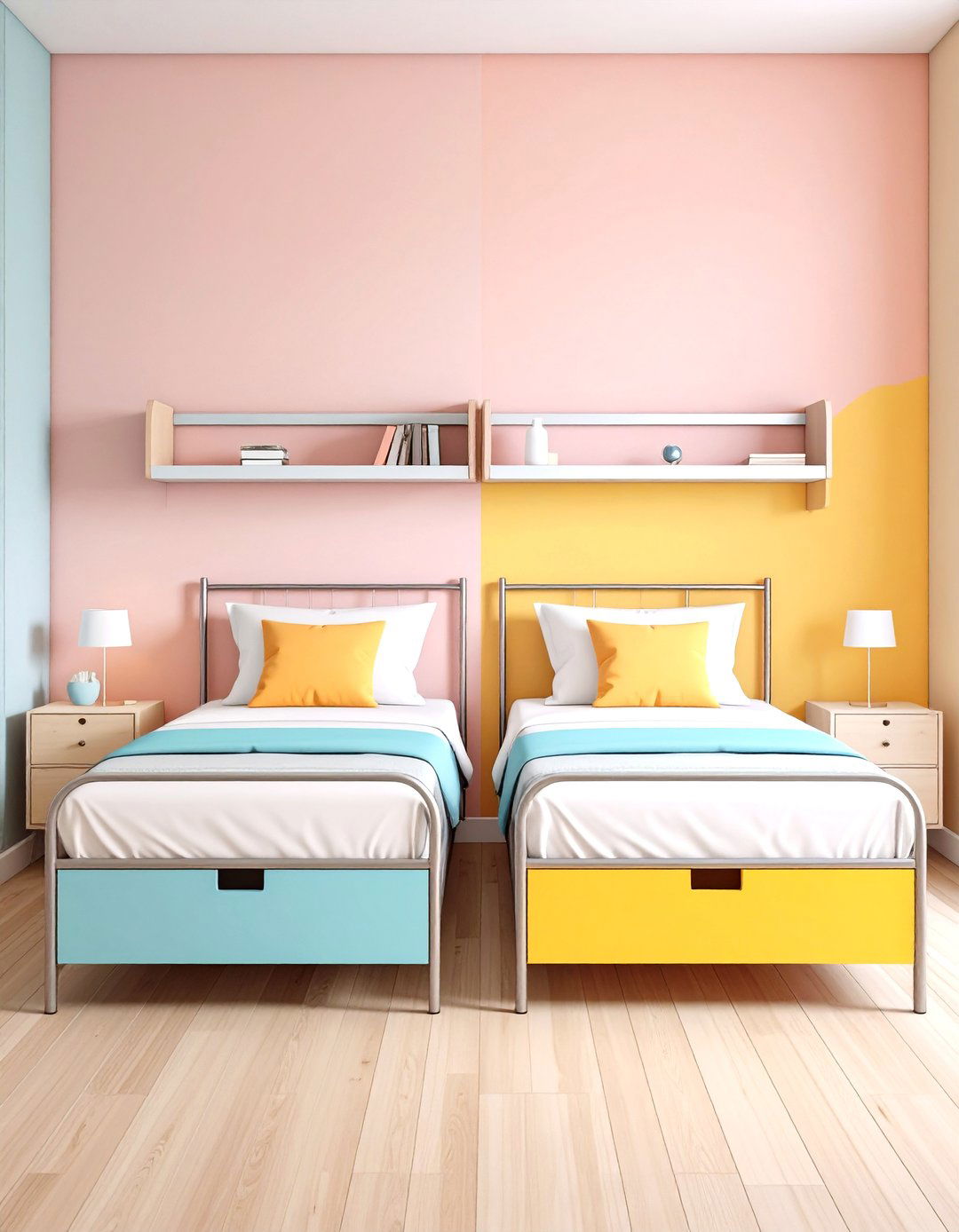
Sometimes the simplest approach proves most effective for small room bed placement. Positioning two twin beds side by side creates a clean, symmetrical look while maintaining easy access to both sleeping areas. This classic arrangement works well when adequate wall space allows, and choosing beds with slim profiles helps prevent the room from feeling overcrowded. Utilize a single shared nightstand between the beds to conserve space, and select matching bedding to create visual cohesion. Consider beds with built-in storage drawers to eliminate the need for additional dressers, keeping the small room feeling open and uncluttered while providing essential storage functionality.
9. Perpendicular Bed Configuration for Small Room Flow
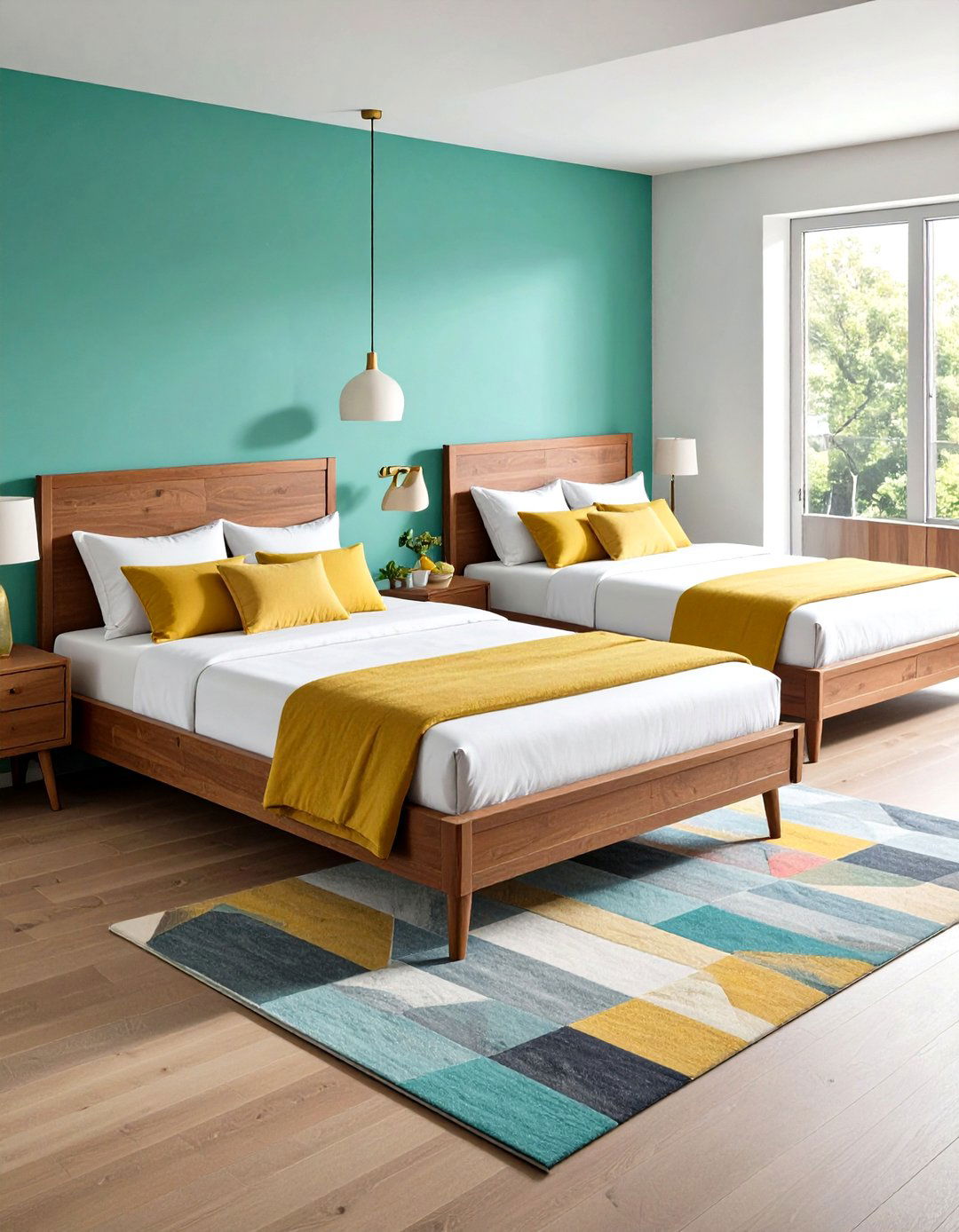
Arranging beds perpendicular to each other creates dynamic room layouts while maximizing available floor space. Position one bed along the longest wall and place the second bed at a right angle, creating an interesting visual arrangement that defines separate sleeping zones. This small room configuration works particularly well in rectangular bedrooms where traditional parallel arrangements might feel cramped. The perpendicular layout allows for creative furniture placement in the remaining space, such as a desk, reading chair, or storage unit. This arrangement also provides natural privacy separation, making it ideal for siblings sharing a room or guest accommodations.
10. Elevated Platform Bed with Lower Sleeping Area
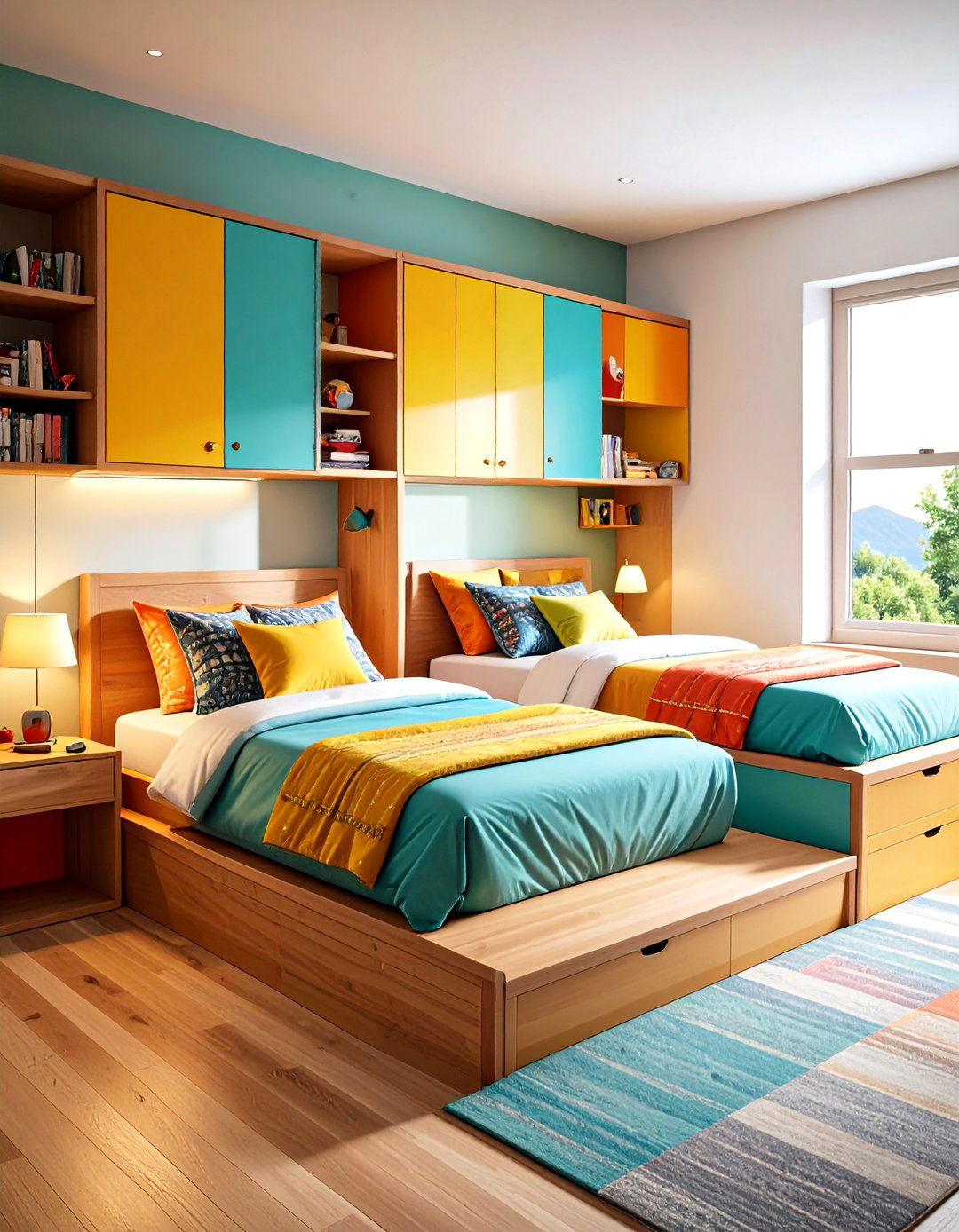
Creating a raised platform for one bed while maintaining ground-level sleeping below maximizes small room vertical space without requiring full loft bed heights. This innovative approach involves building a low platform or using a platform bed frame to elevate one sleeping area just enough to fit another bed, storage, or seating underneath. Platform bed arrangements create distinct sleeping levels while maintaining ceiling height comfort for both occupants. The elevated design adds architectural interest to small rooms while providing opportunities for under-bed storage or creating cozy reading nooks. This solution works exceptionally well for children's rooms, guest spaces, or studio apartments.
11. Folding Wall Bed Systems for Instant Room Transformation
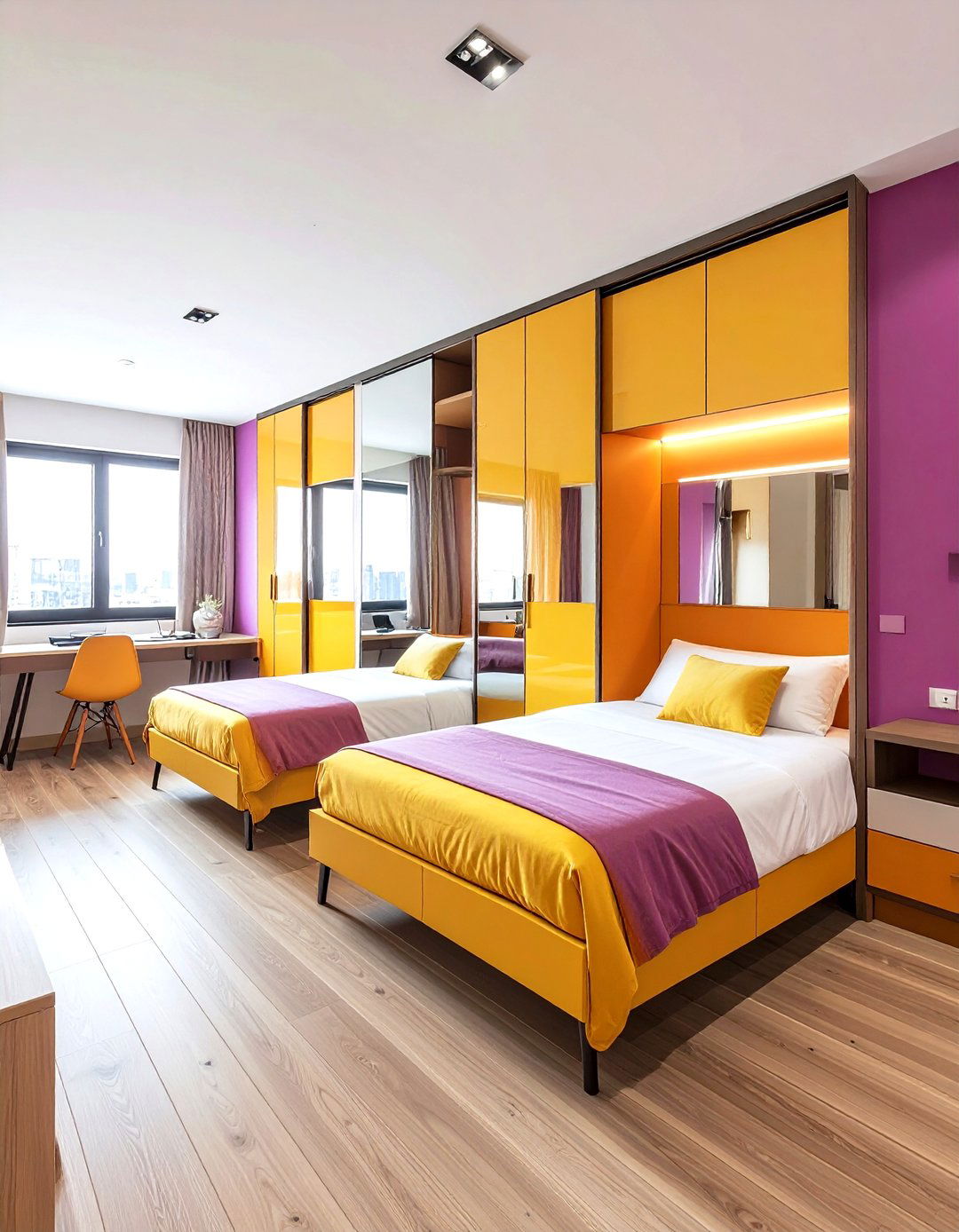
Folding wall bed systems offer ultimate flexibility by completely transforming room functions between day and night. These sophisticated mechanisms allow beds to fold flat against walls, cabinets, or custom housing units, creating entirely different room layouts throughout the day. For small rooms requiring two beds, consider dual folding systems or combination units that house multiple sleeping surfaces. Modern folding bed technologies include hydraulic assists, safety mechanisms, and integrated storage solutions. These systems prove particularly valuable in studio apartments, tiny homes, or multipurpose rooms where space efficiency remains paramount for comfortable living and sleeping arrangements.
12. Captain's Bed with Additional Sleeping Solutions
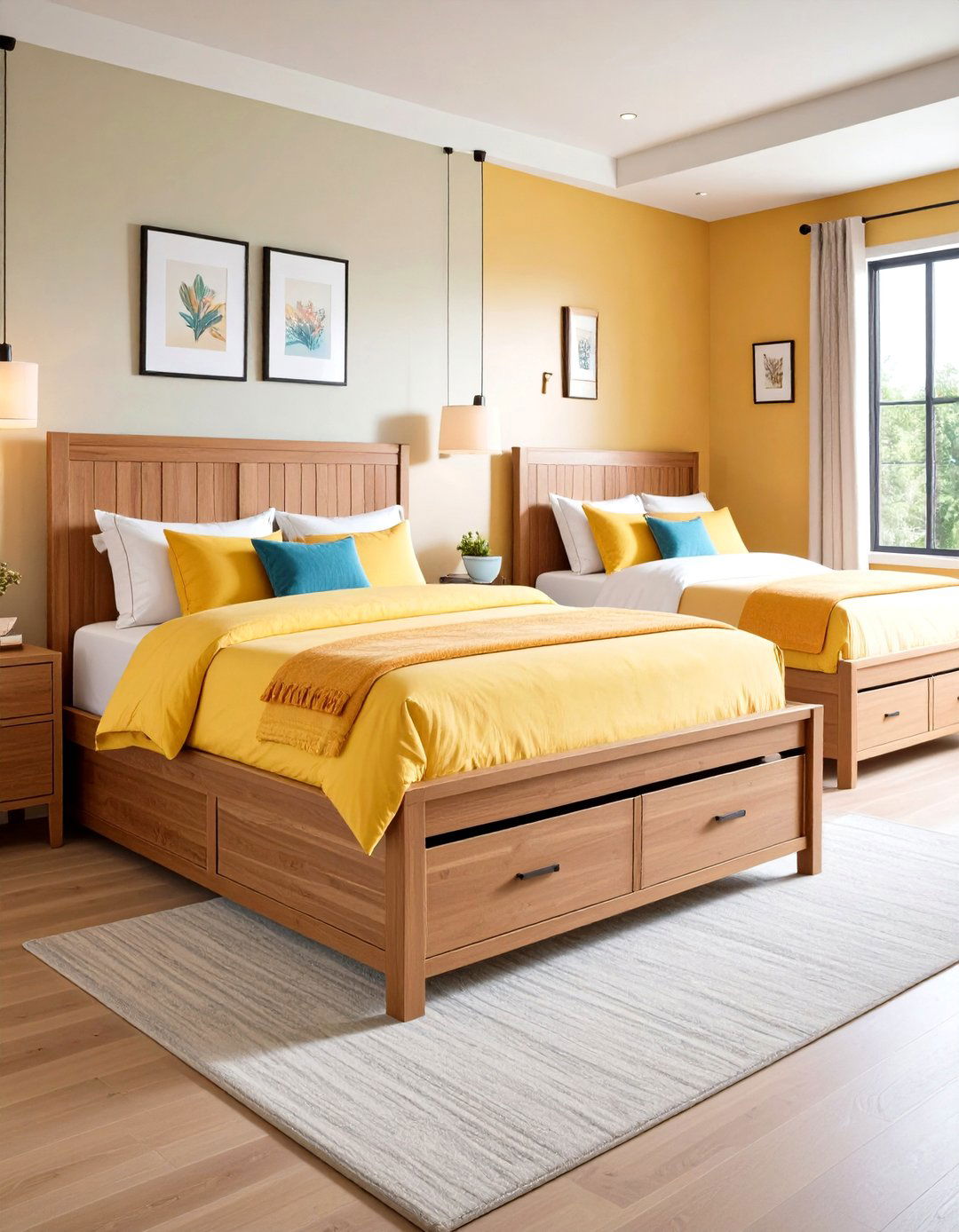
Captain's beds feature abundant built-in storage while providing excellent foundations for two-bed small room arrangements. These beds typically include multiple drawers, compartments, and sometimes even hidden trundle options beneath the main sleeping surface. Pair a captain's bed with a second sleeping solution such as a daybed, murphy bed, or loft arrangement to create comprehensive sleeping accommodations without sacrificing storage. The extensive storage capacity of captain's beds eliminates the need for additional dressers or storage furniture, keeping small rooms feeling spacious. Choose captain's beds with clean, modern designs to maintain visual lightness while maximizing both sleeping and storage functionality.
13. Bunk Bed with Desk Integration for Study Spaces
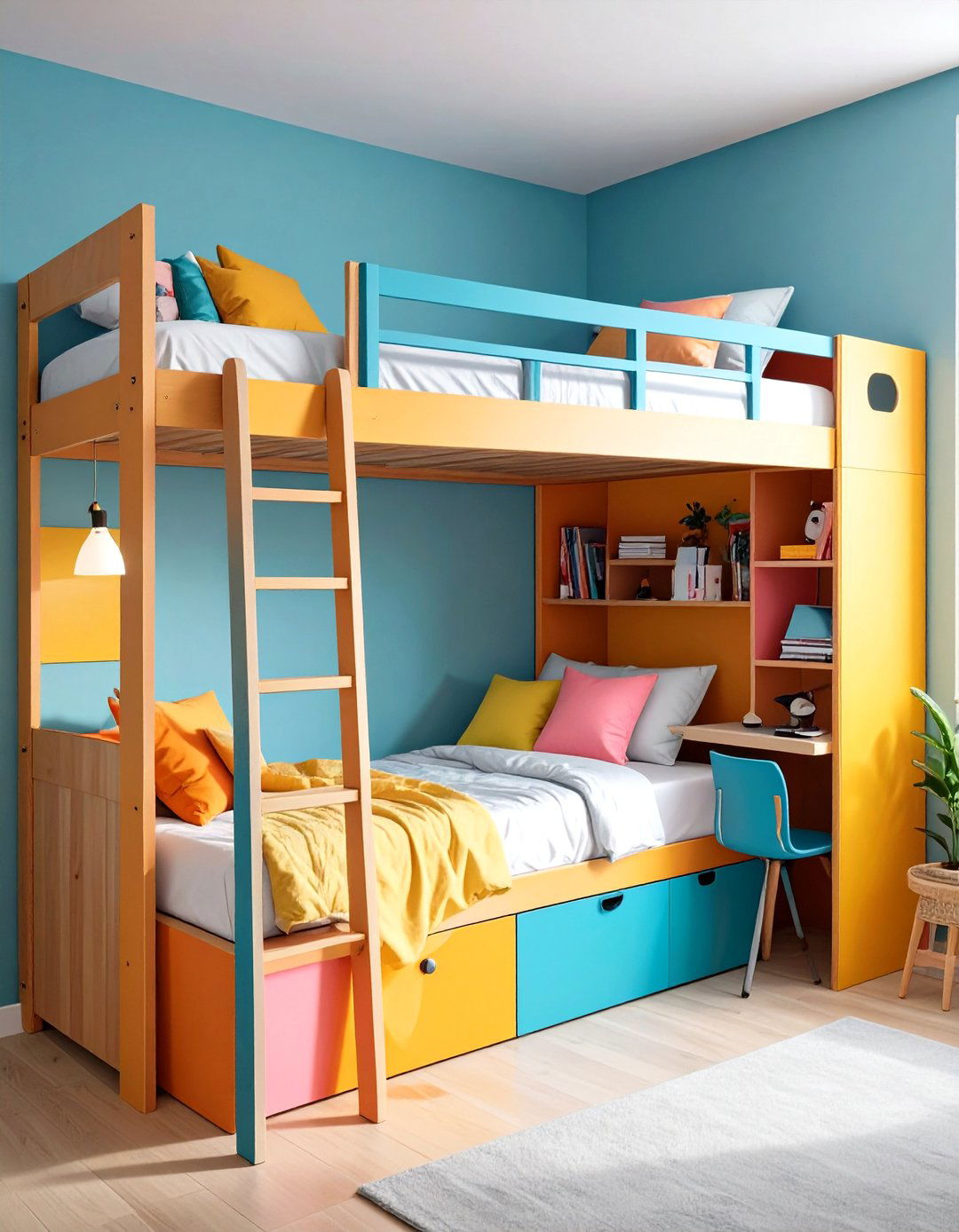
Combining bunk beds with integrated desk areas creates efficient small room solutions that serve multiple functions. Position a standard bed or daybed perpendicular to a loft bed with a built-in desk underneath, creating distinct zones for sleeping, studying, and relaxing. This arrangement works exceptionally well for children's rooms, teen spaces, or studio apartments where work and sleep areas must coexist. The desk integration eliminates the need for separate office furniture while providing dedicated study space. Add proper task lighting, ergonomic seating, and organizational accessories to create functional work environments that complement the sleeping areas in your compact room design.
14. Modular Bed Components for Customizable Arrangements

Modular bed systems offer incredible flexibility for small room configurations by allowing components to be rearranged as needs change. These systems typically include interchangeable elements such as platforms, storage units, ladders, and connectors that can be configured in numerous ways. Create unique two-bed arrangements by combining modular components to fit your specific room dimensions and functional requirements. The adaptability of modular systems means arrangements can evolve as children grow, needs change, or rooms are repurposed. Investment in quality modular bed systems provides long-term value through their ability to transform and adapt to different small room challenges throughout their lifespan.
15. Convertible Sofa Bed Combinations
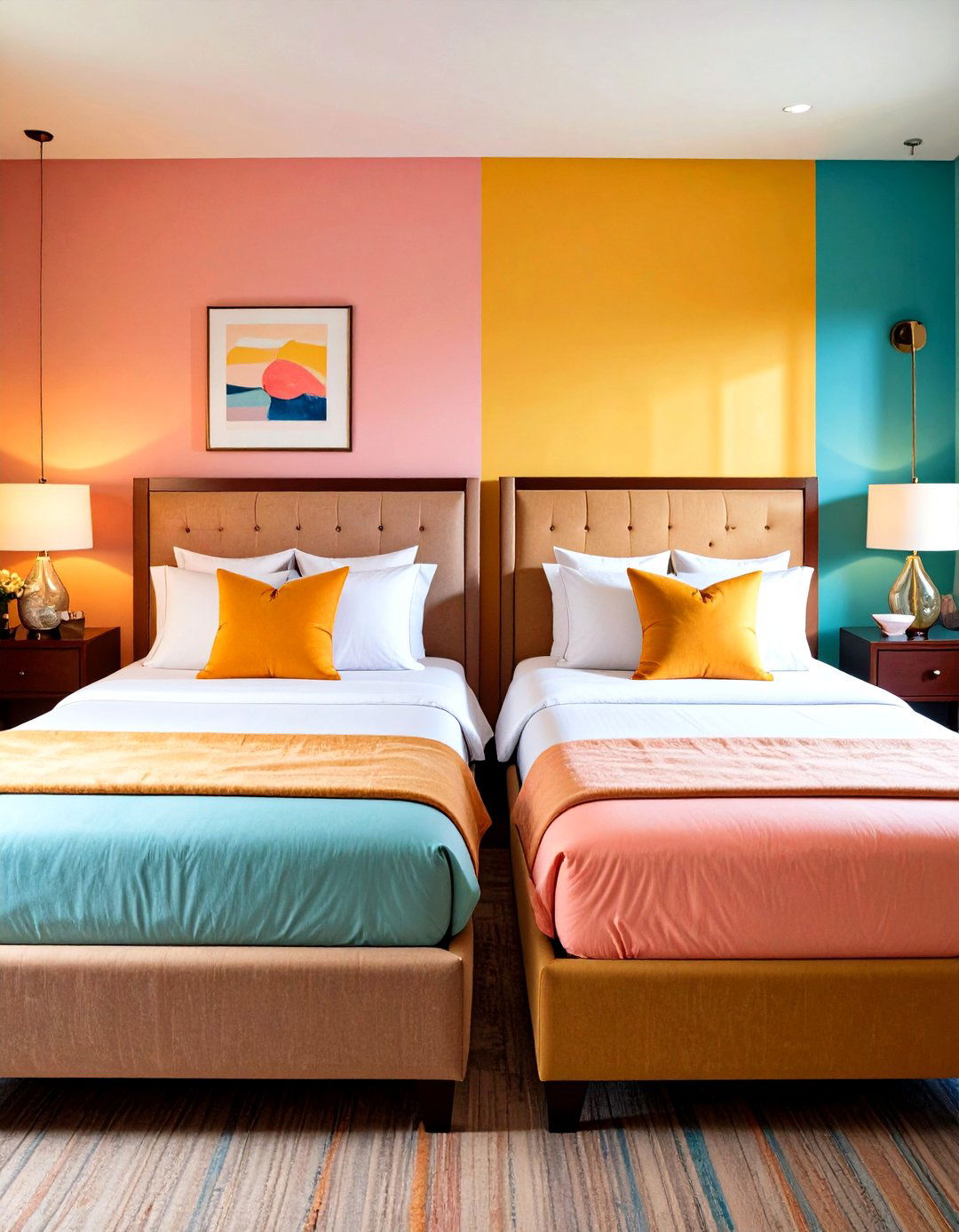
Convertible sofa beds provide dual functionality by serving as comfortable seating during the day and transforming into sleeping surfaces at night. For small rooms requiring two beds, combine a convertible sofa bed with a standard bed, loft bed, or murphy bed arrangement. Modern convertible designs offer comfortable sleeping surfaces that rival traditional mattresses while maintaining attractive sofa aesthetics during daytime hours. This approach works particularly well in studio apartments, guest rooms, or multipurpose spaces where maintaining living room functionality remains important. Choose high-quality convertible mechanisms and comfortable mattress options to ensure both seating and sleeping comfort meet daily usage demands.
16. Hammock and Bed Combination for Creative Small Rooms
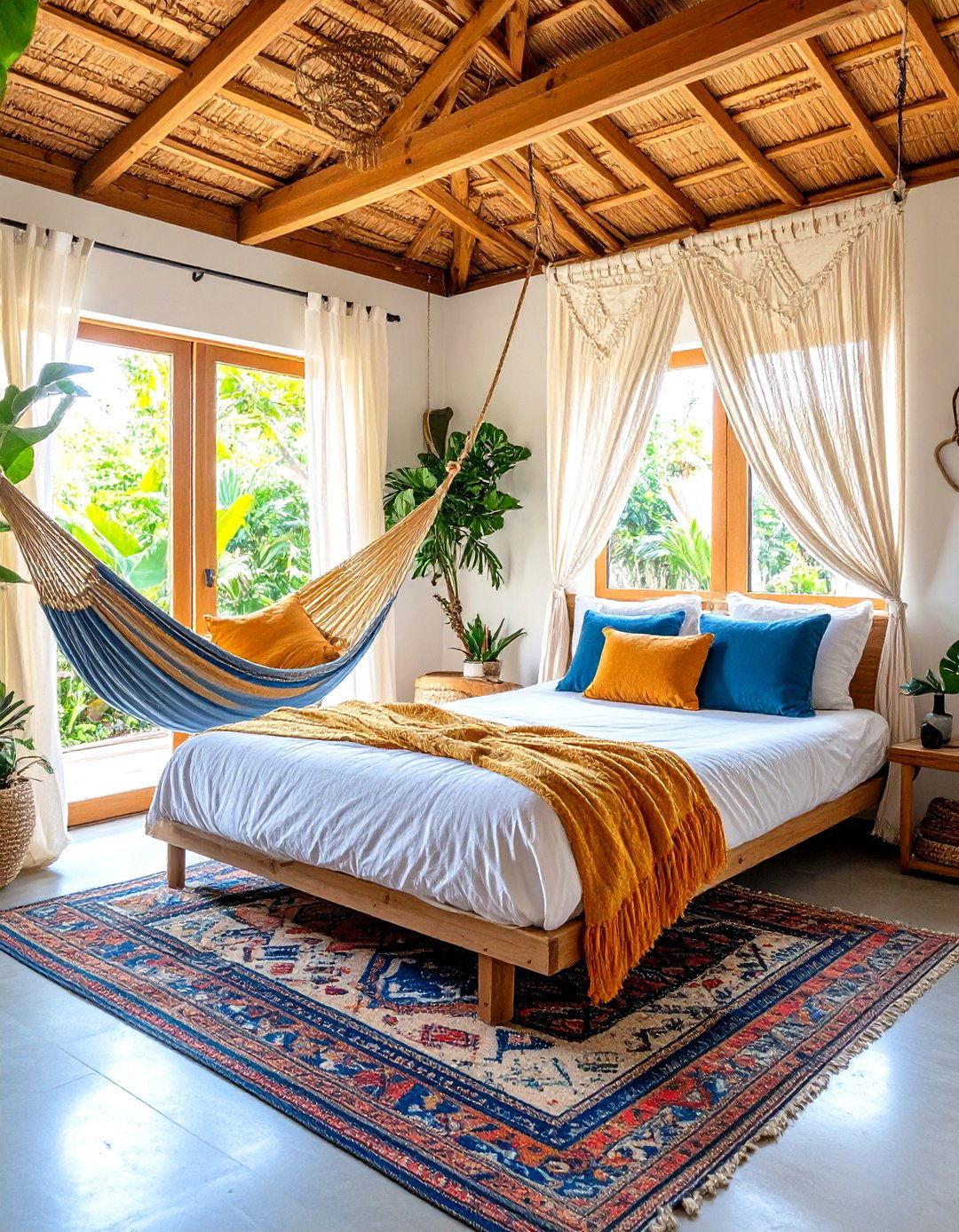
Indoor hammocks provide unconventional yet practical sleeping solutions for small rooms with adequate ceiling support and height. Combine a traditional floor bed with a mounted hammock system to create two distinct sleeping areas without consuming floor space. This creative approach works well for children's rooms, vacation homes, or artistic living spaces where unique design elements are welcomed. Ensure proper mounting hardware rated for human weight, and position hammocks to allow safe entry and exit. The hammock arrangement adds playful, bohemian character to small rooms while providing comfortable sleeping for guests or family members who enjoy alternative sleeping arrangements.
17. Sliding Bed Mechanisms for Space-Saving Efficiency
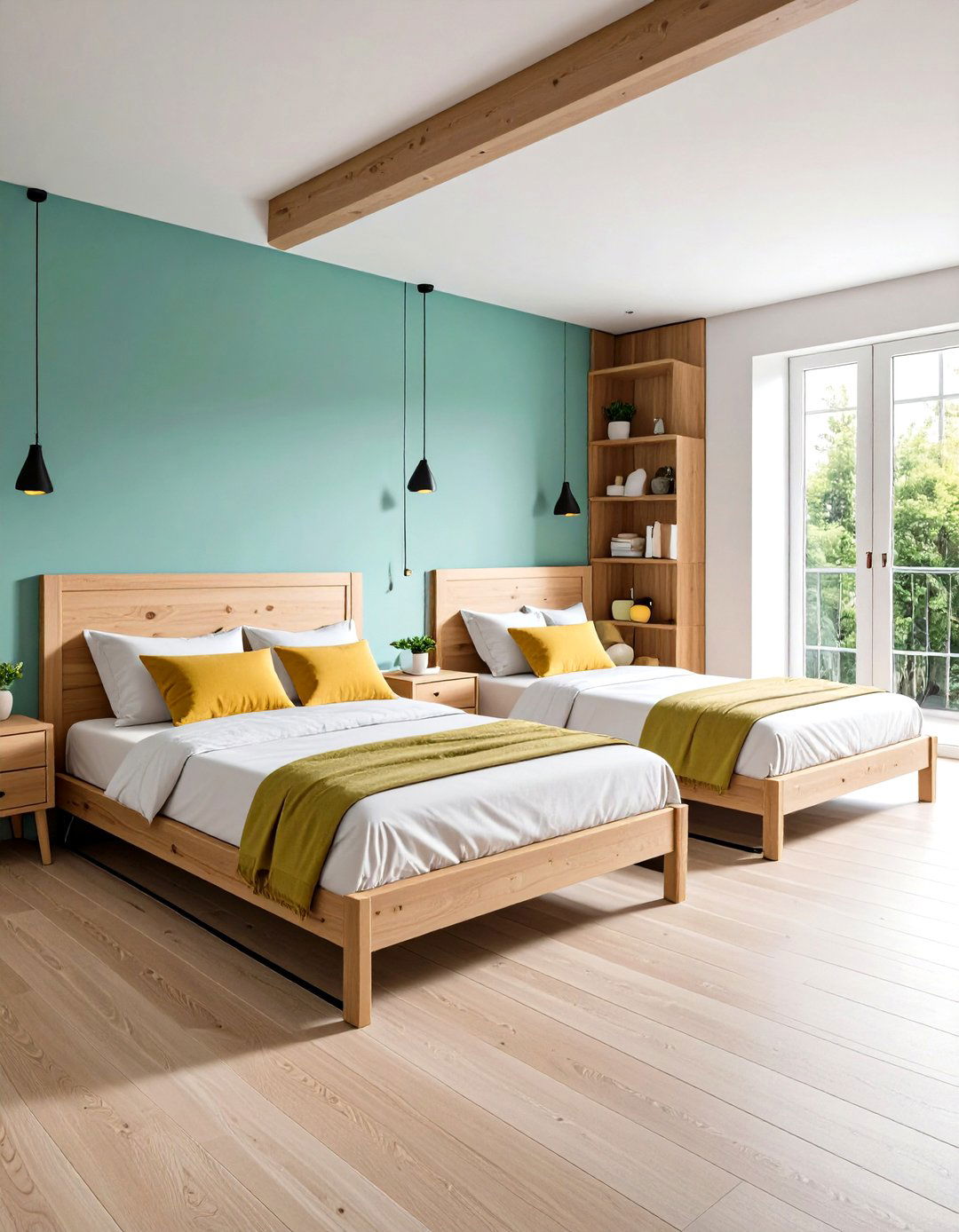
Sliding bed mechanisms allow beds to move horizontally along tracks, creating dynamic room arrangements that adapt to daily needs. Install sliding systems that allow beds to stack closely together for maximum floor space or separate for privacy and accessibility. These innovative solutions work particularly well in narrow rooms where traditional arrangements might feel cramped. Sliding bed systems can be custom-designed to fit specific room dimensions and requirements, often incorporating storage or other functional elements. The ability to reconfigure sleeping arrangements quickly makes sliding bed mechanisms ideal for small rooms that must serve multiple purposes throughout the day and evening hours.
18. Attic Bed Arrangements for Sloped Ceiling Rooms
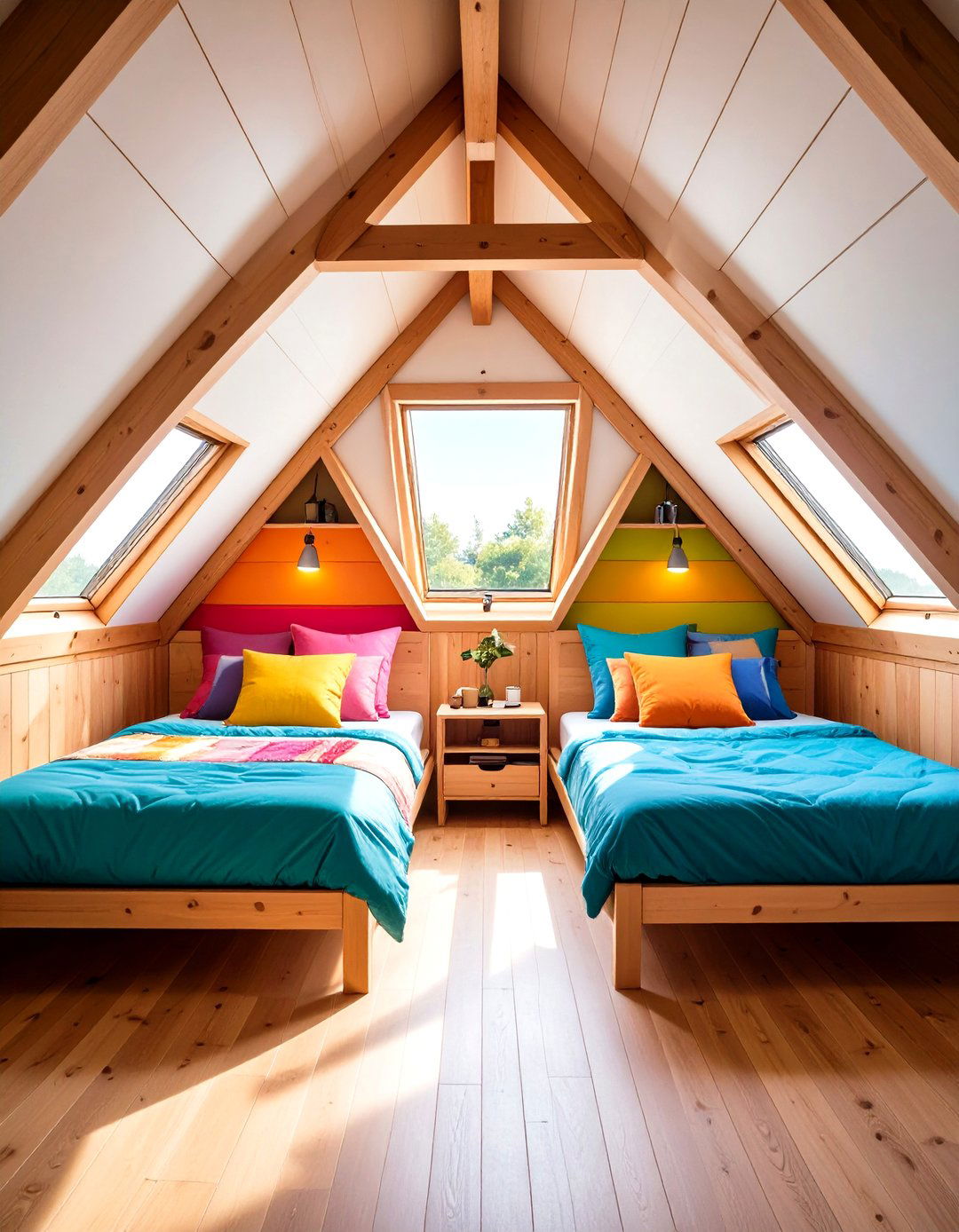
Attic spaces and rooms with sloped ceilings present unique opportunities for creative two-bed arrangements. Position beds along lower ceiling areas where sitting height is adequate but standing might be restricted, maximizing usable floor space under higher ceiling sections. Built-in bed solutions work particularly well in attic rooms, creating cozy sleeping nooks that embrace the room's architectural character. Consider asymmetrical arrangements that work with the roof line, and add skylights or dormer windows to enhance natural light. Attic bed arrangements create charming, cottage-like sleeping spaces that turn challenging architectural features into design assets for small room solutions.
19. Multi-Level Platform Bed Designs

Multi-level platform systems create tiered sleeping arrangements that maximize vertical space while maintaining accessibility. These custom-built or modular solutions feature platforms at different heights, creating distinct sleeping areas without the full height requirements of traditional bunk beds. The varied platform levels add architectural interest to small rooms while providing opportunities for integrated storage, seating, or desk areas. Multi-level designs work well for children's rooms, guest accommodations, or creative living spaces where conventional furniture arrangements feel too predictable. Consider adding safety rails, integrated lighting, and storage solutions to enhance both functionality and safety in multi-level platform bed arrangements.
20. Rotating Bed Systems for Maximum Room Flexibility
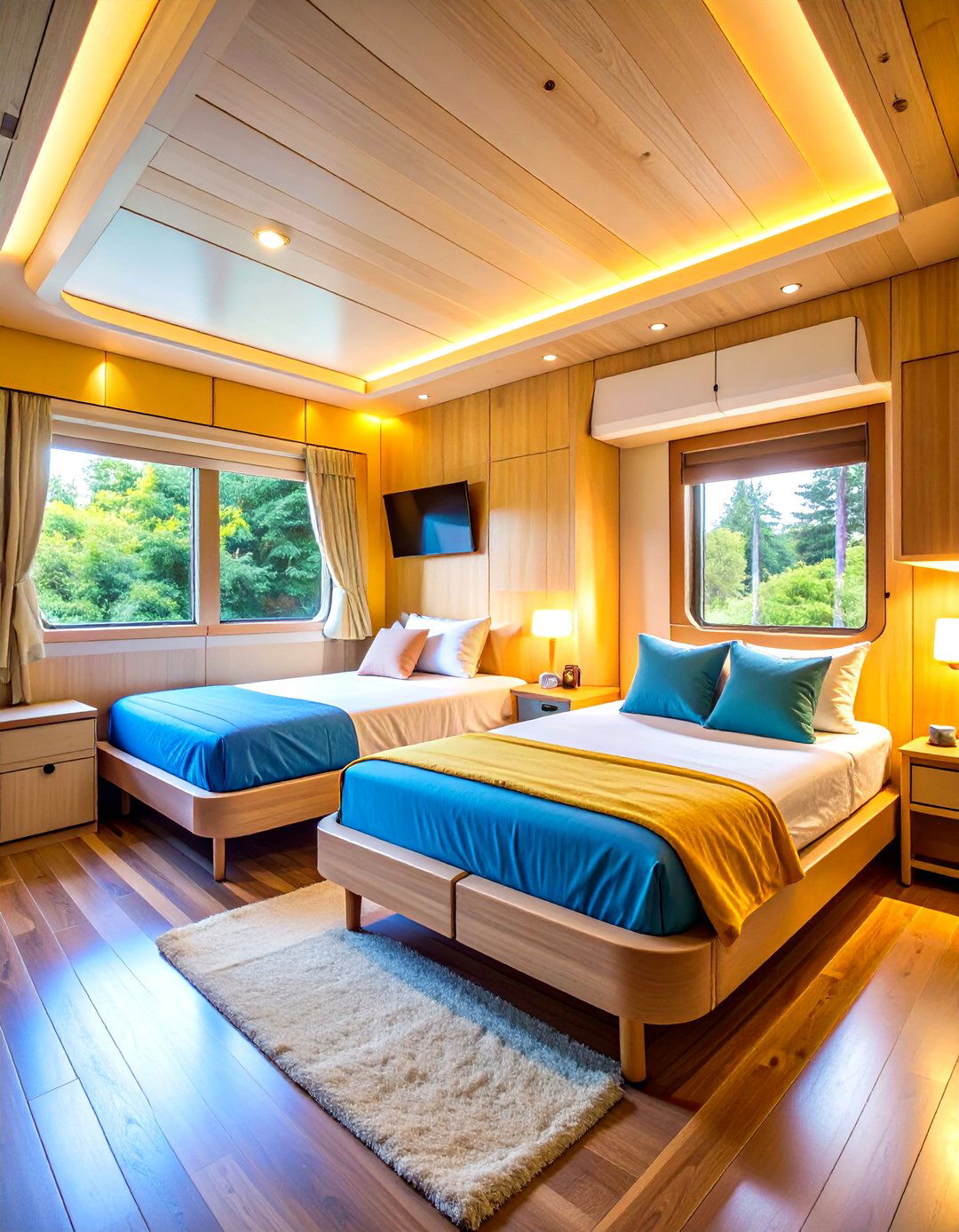
Rotating bed mechanisms offer cutting-edge solutions for small rooms requiring ultimate flexibility. These sophisticated systems allow beds to rotate on central axes, creating entirely different room configurations throughout the day. Some rotating bed systems can transform from seating arrangements to sleeping configurations, while others allow beds to rotate out of sight when not needed. For rooms requiring two beds, consider dual rotating systems or combination units that provide multiple sleeping surfaces with rotating capabilities. While representing significant investment, rotating bed mechanisms provide unparalleled space efficiency and design innovation for small rooms where traditional furniture arrangements cannot meet complex functional requirements.
Conclusion:
Creating functional sleeping arrangements for two people in small rooms requires thoughtful planning, creative solutions, and smart furniture choices. From classic bunk beds and innovative trundle systems to sophisticated murphy bed mechanisms and modular designs, today's options prove that limited space doesn't mean compromising on comfort or style. The key lies in understanding your specific needs, room dimensions, and desired functionality to select the most appropriate solution. Whether you're accommodating growing children, hosting frequent guests, or maximizing studio apartment efficiency, these diverse approaches to fitting two beds in small rooms provide practical pathways to comfortable, organized living spaces that work beautifully for multiple occupants.


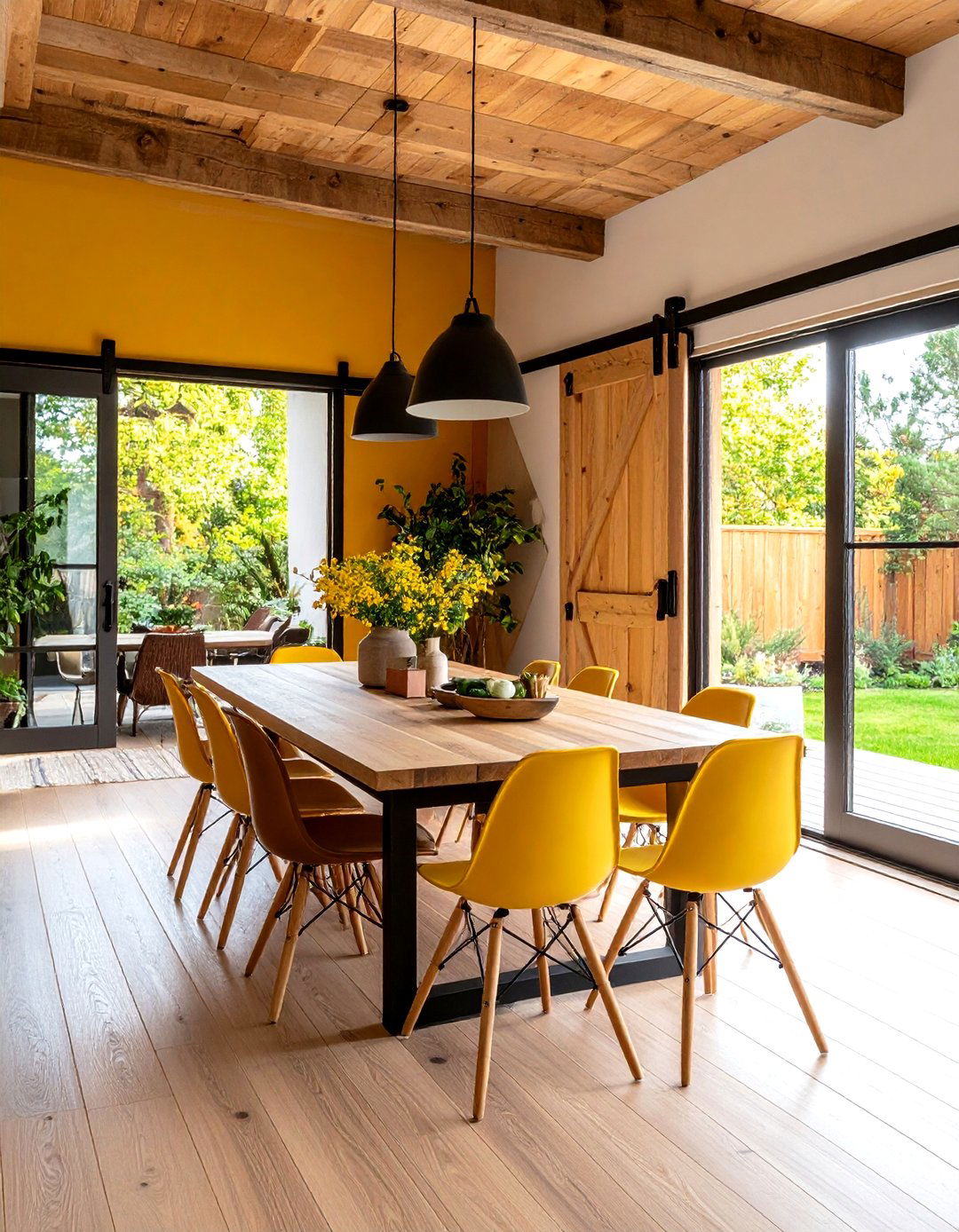
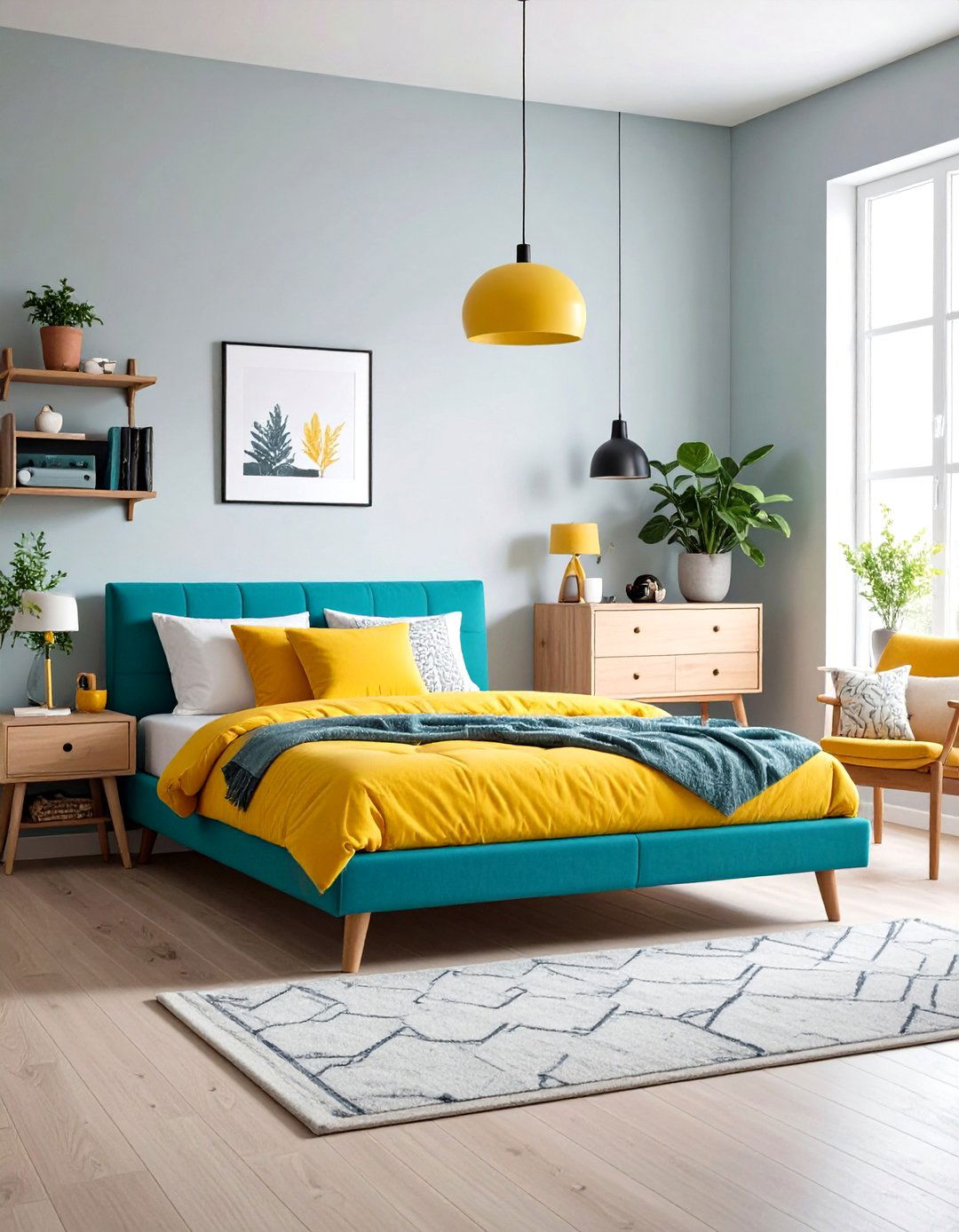
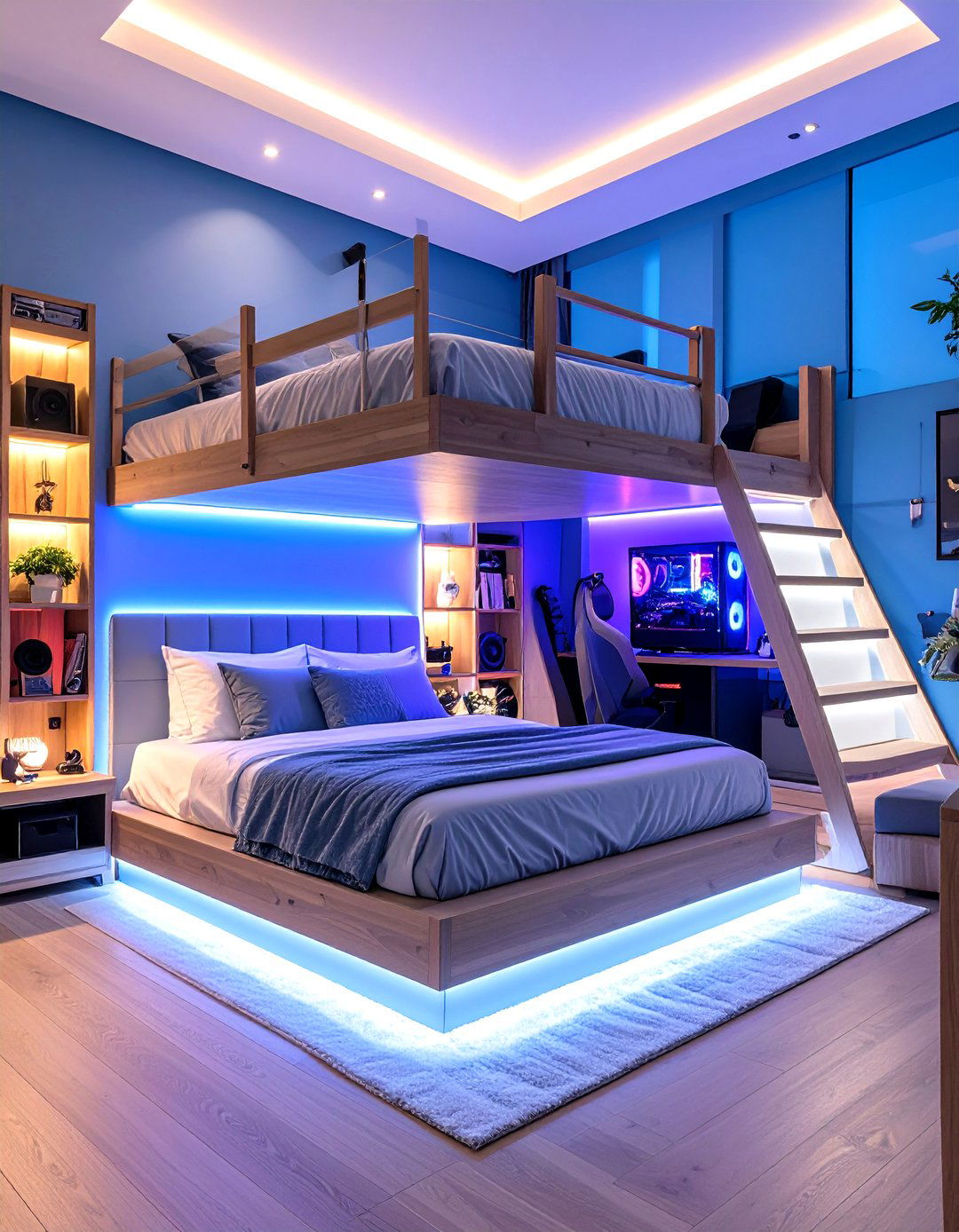
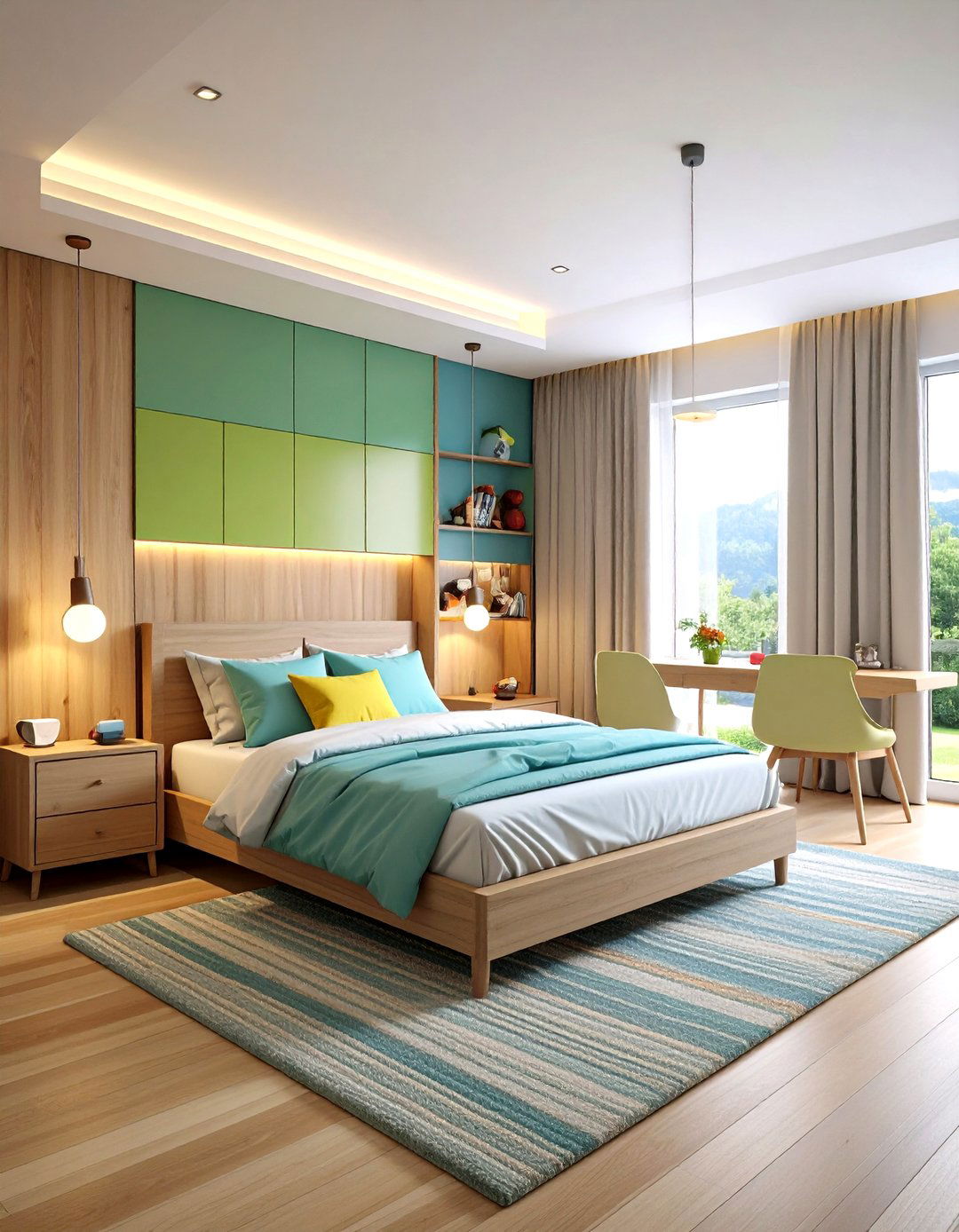
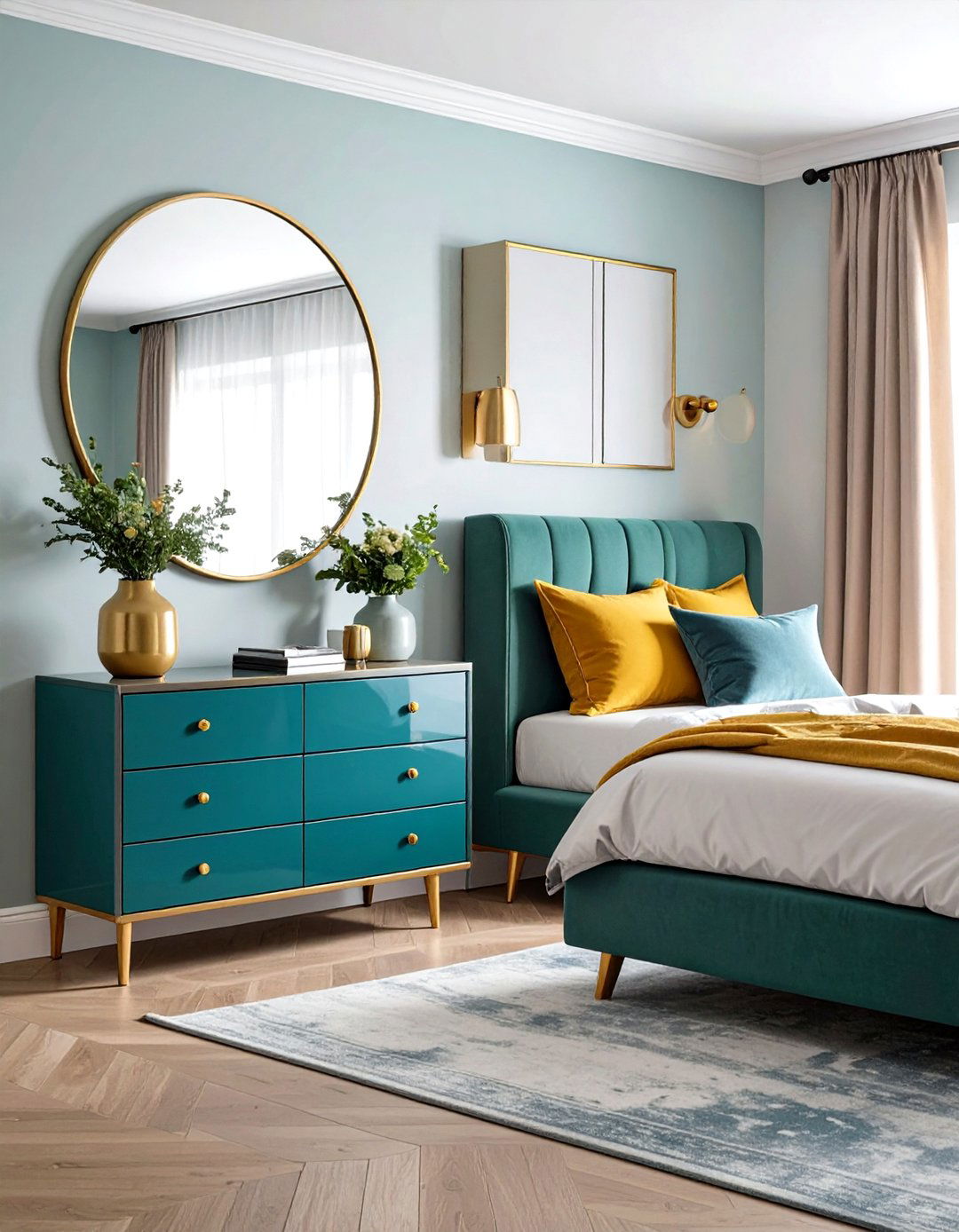
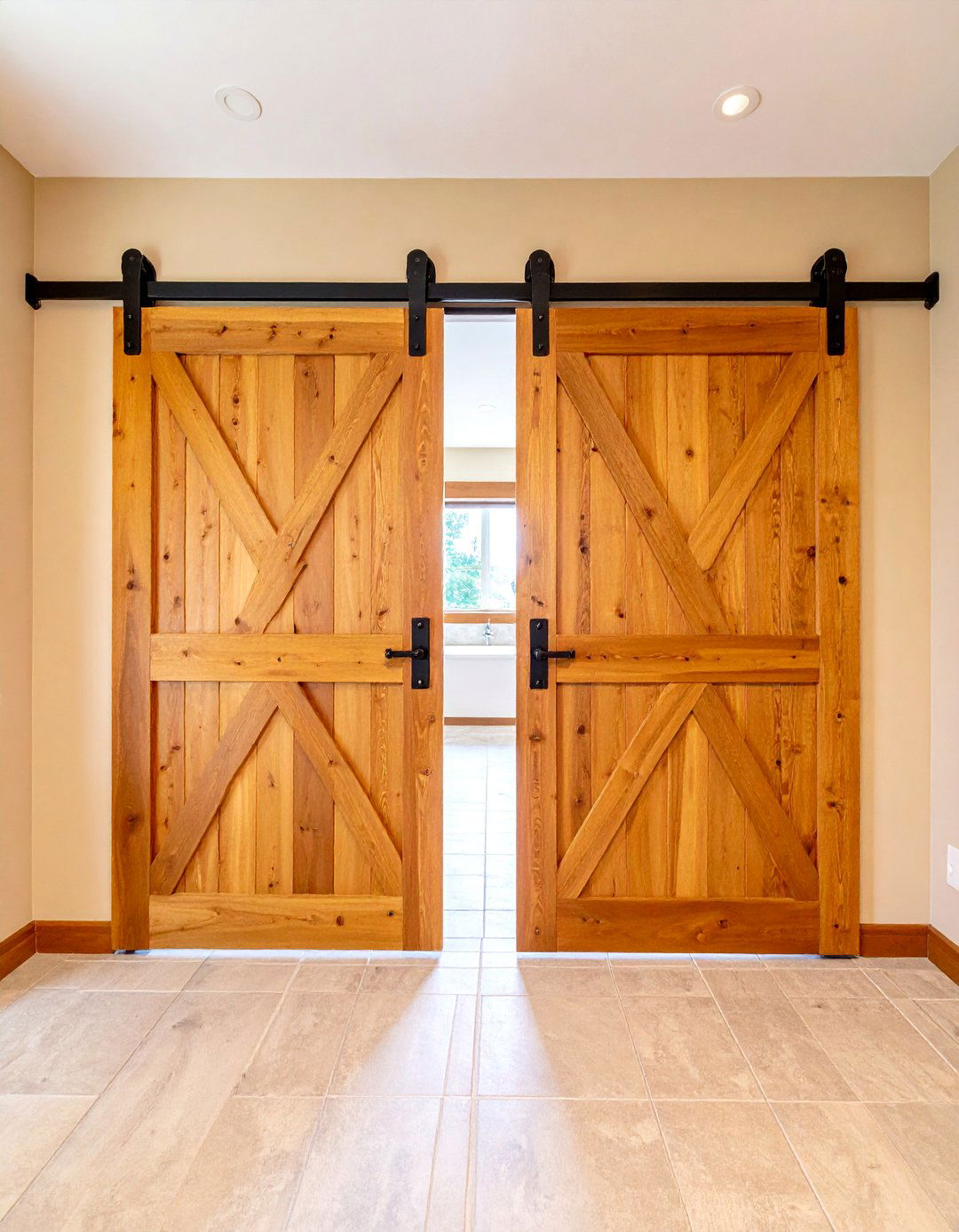

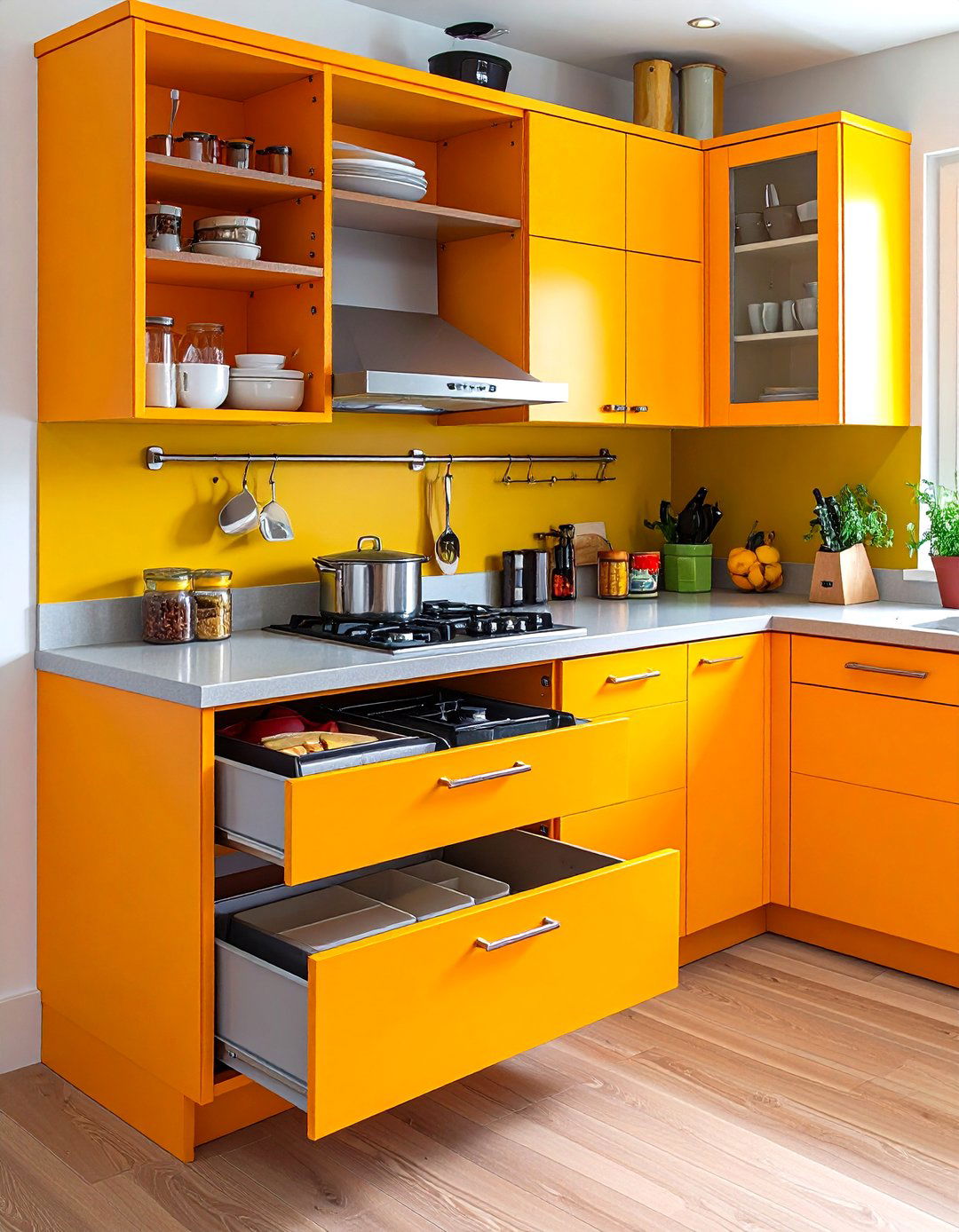
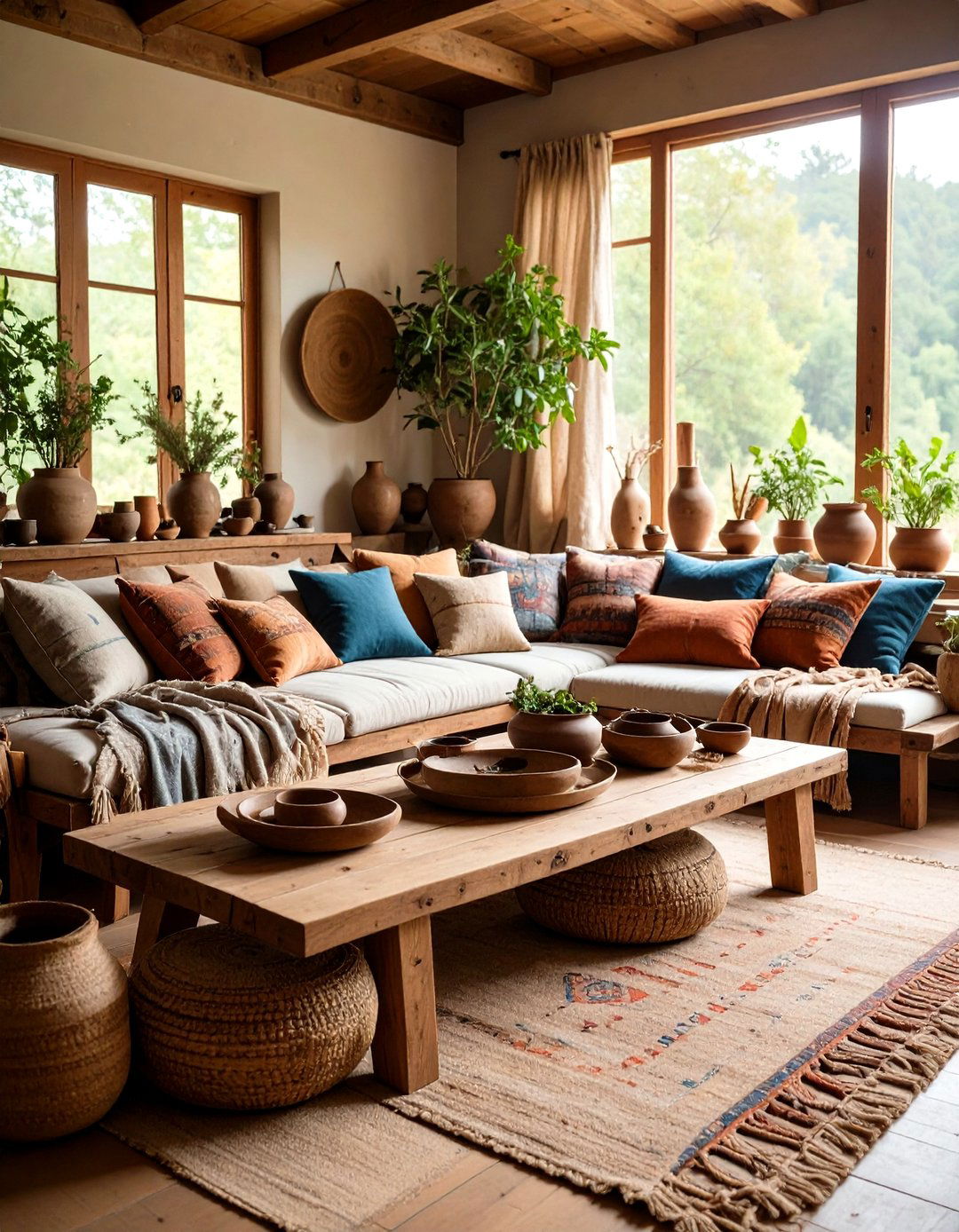
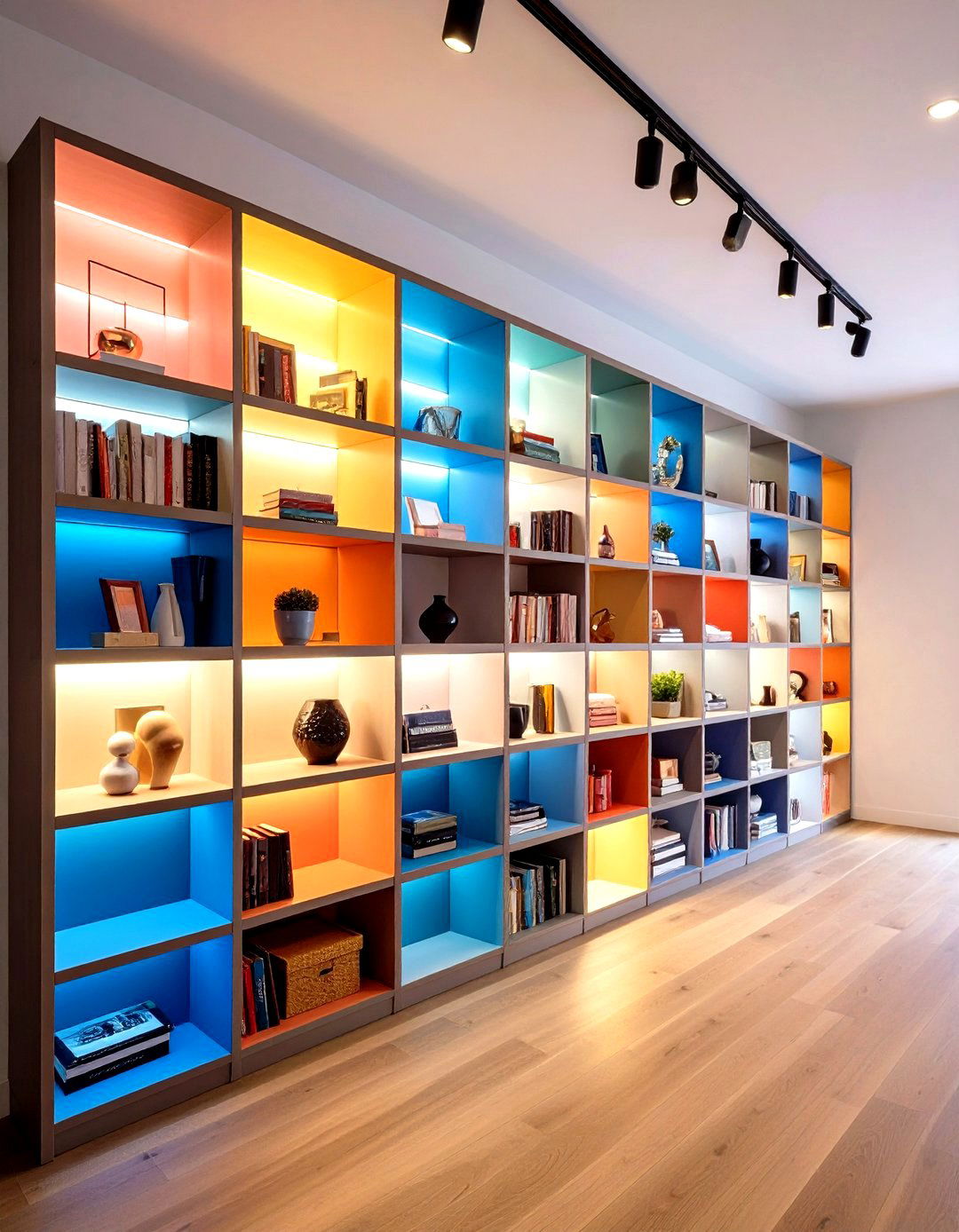

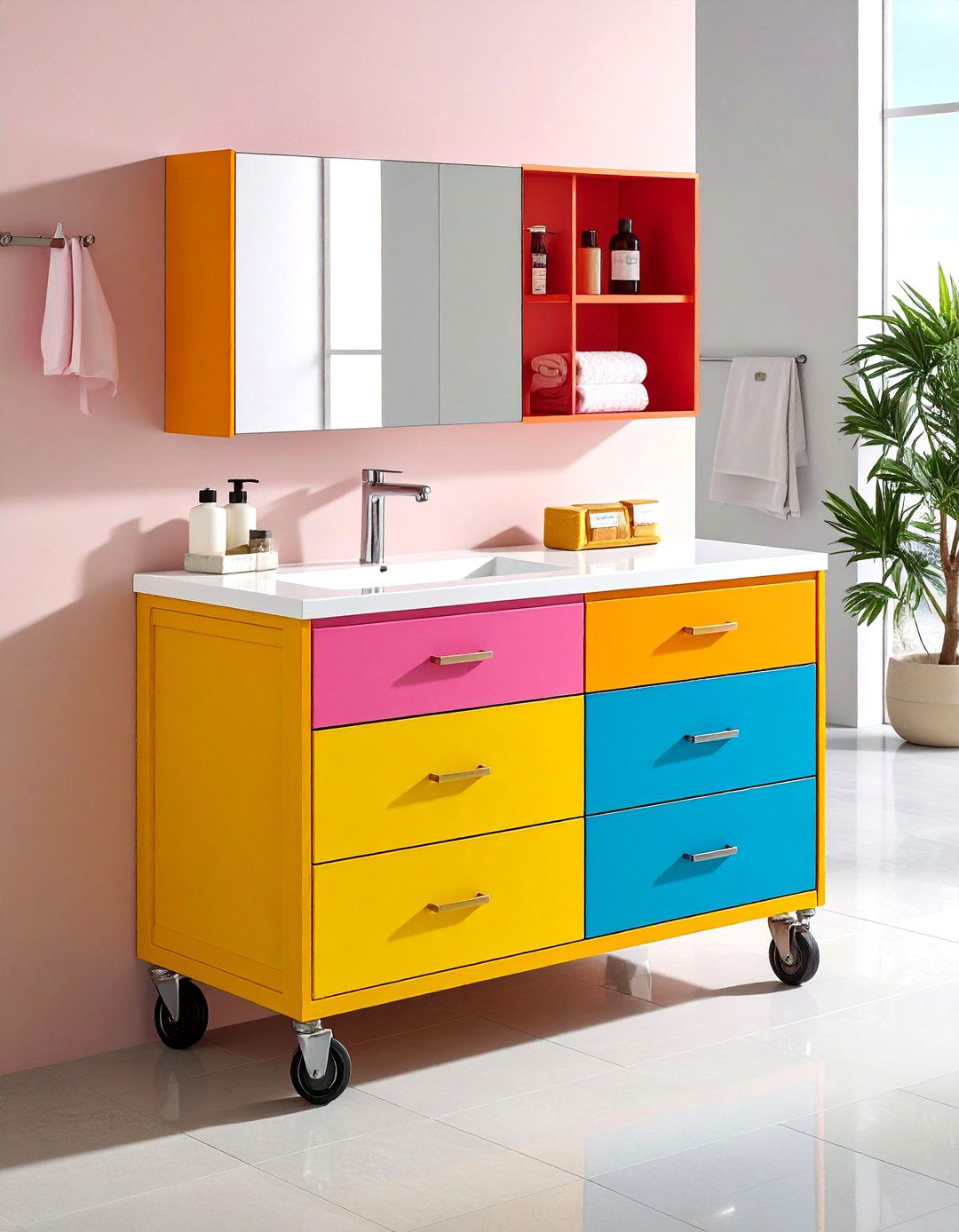
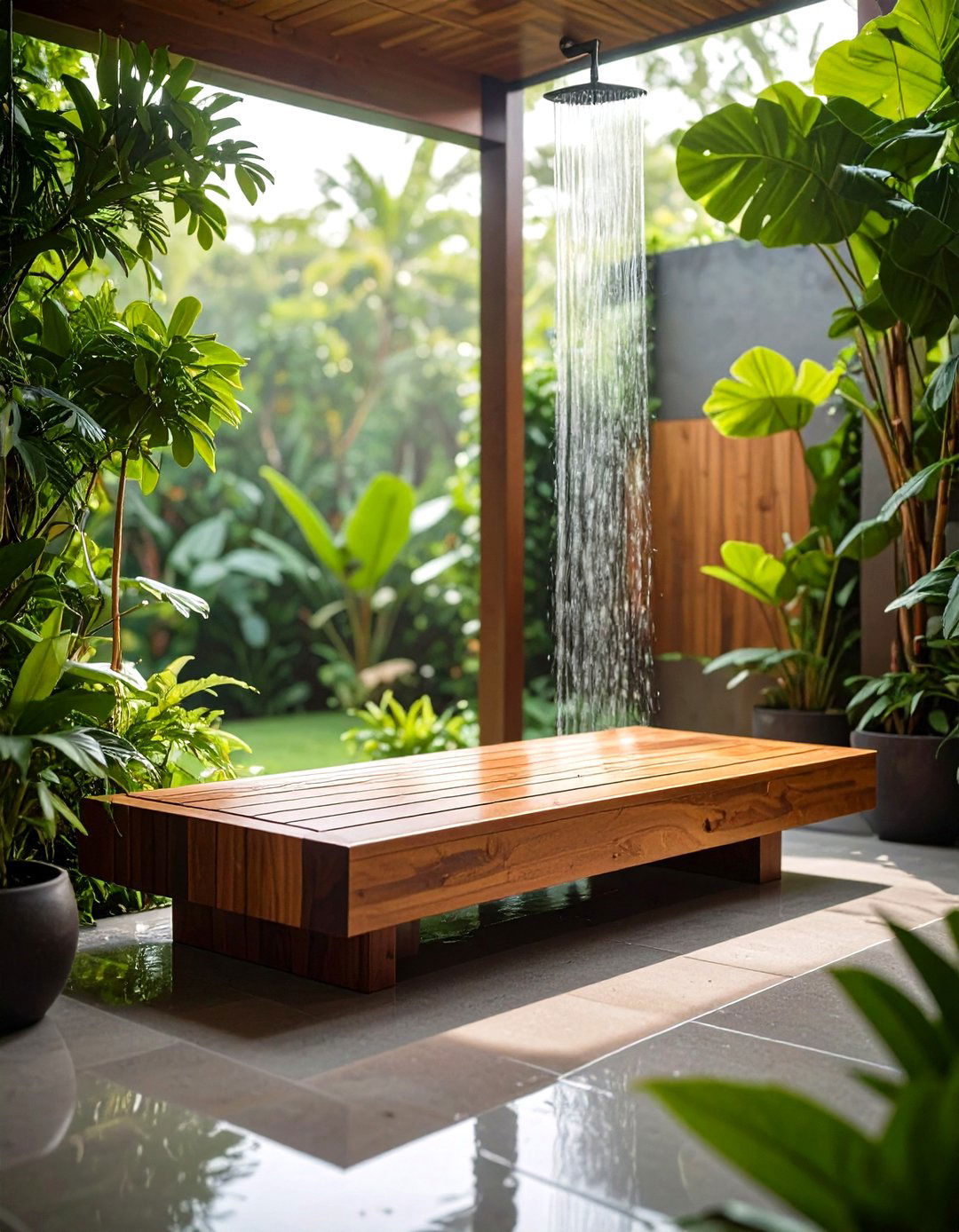
Leave a Reply